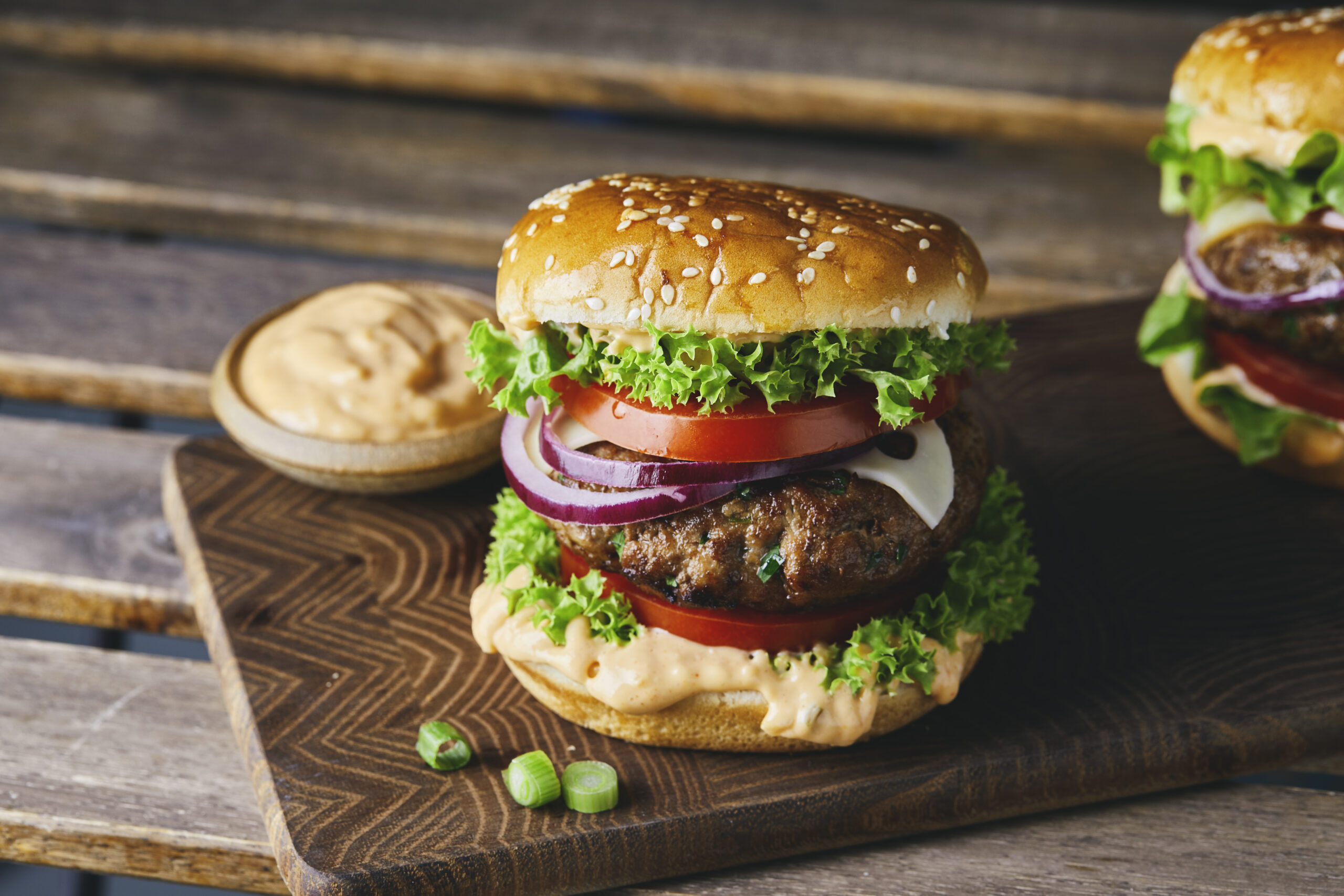Because of WWII, certain 1940s foods were improvised, and a little had to go a long way. As you’ll come to see, people got creative.
Gold Nugget Cake
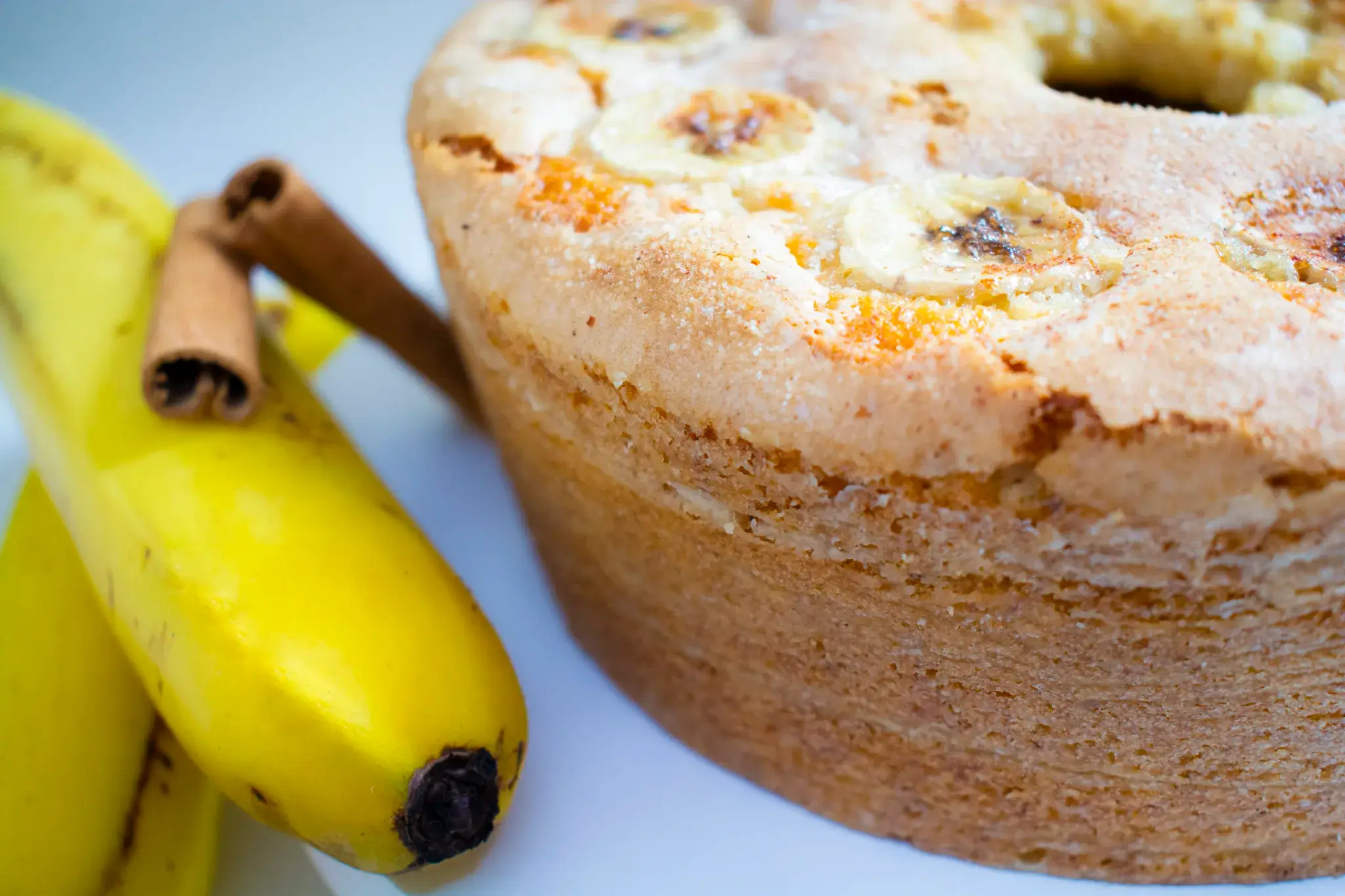
It turns out that banana bread isn’t the only sweet treat that calls for days-old bananas. You can use the fruit in Gold Nugget Cake, too.
This cake was meant to taste similar to banana pudding. It’s deliciously topped with frosting flavored with fresh lemon juice and, of course, bananas.
The dessert is relatively easy to make, and it’s bound to impress any household. People are more interested in things like ice cream cakes nowadays, though.
Jell-O Salad
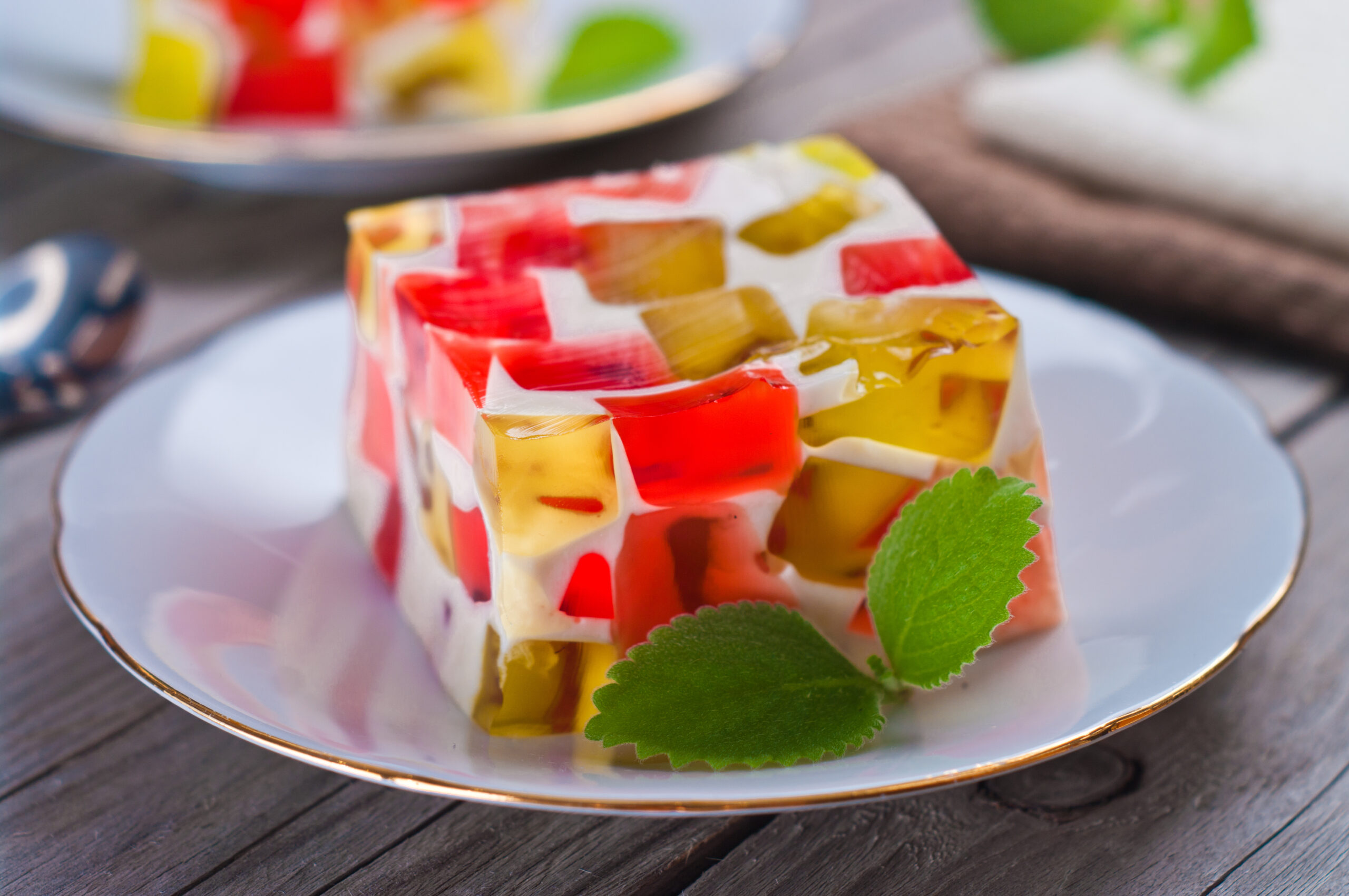
Everyone ate Jell-O in the 1940s. No, these salads didn’t include lettuce. They were made in big, fancy Jell-O molds, and many people took them to parties.
After the war, some Jell-O salads even had fruit or whipped cream. Sounds yummy! The dish was actually pretty popular up until the ’80s.
As you’ll see, people really loved all things Jell-O, to the point where they jellied things that shouldn’t have been. Thankfully, this isn’t one of them.
Lord Woolton Pie
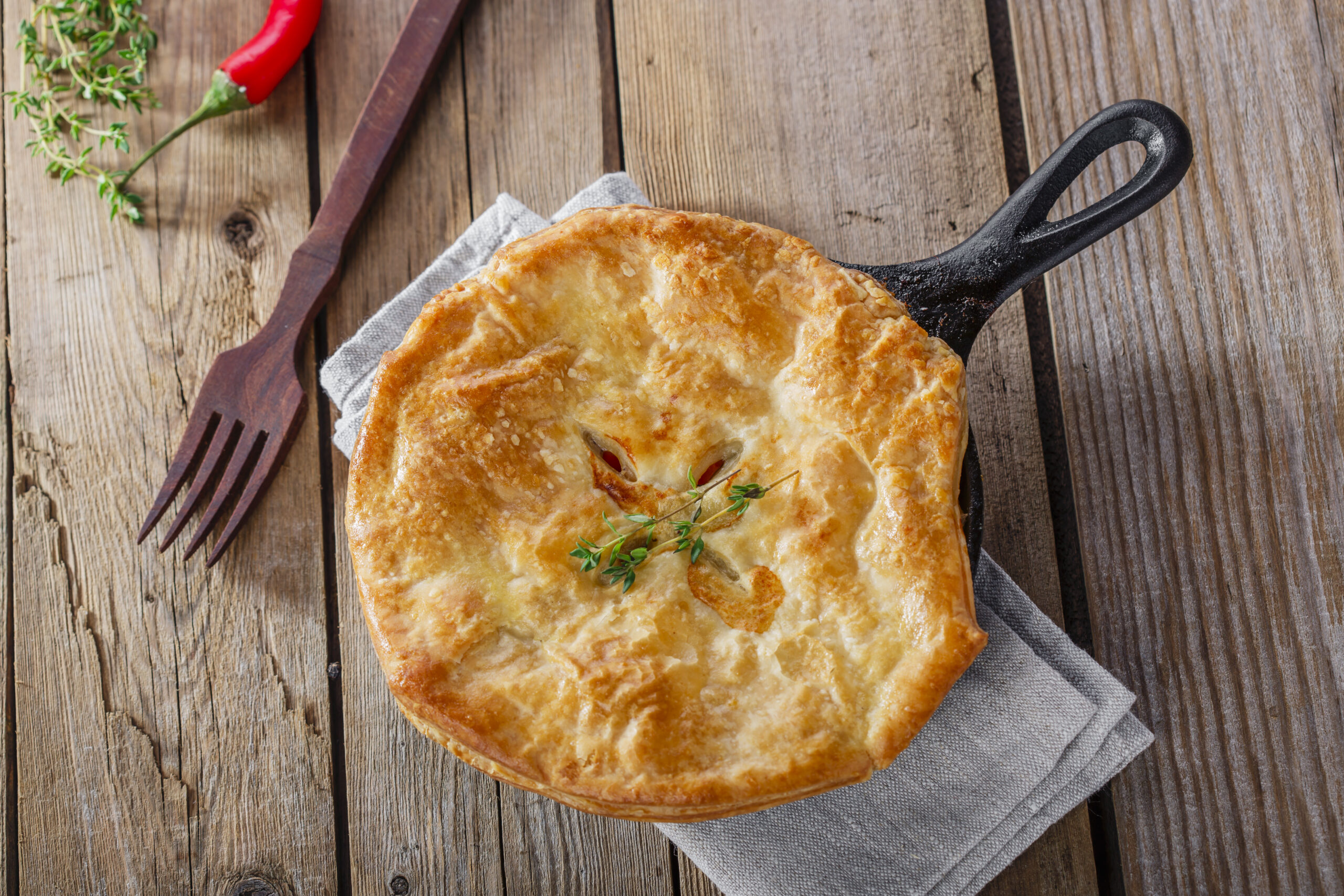
Lord Woolton pie, is a pastry dish of vegetables, popular in Britain during the Second World War when rationing and shortages made other dishes hard to prepare.
The Daily Beast has dubbed it, “The Pie That Won World War II.” While recipes varied, it was basically a blend of turnips, carrots, cauliflower, and oatmeal.
Lord Woolton Pie may no longer be as huge as it once was, but turnips and carrots remain a popular mixture. We’re here for it.
Potato And Hot Dog Salad
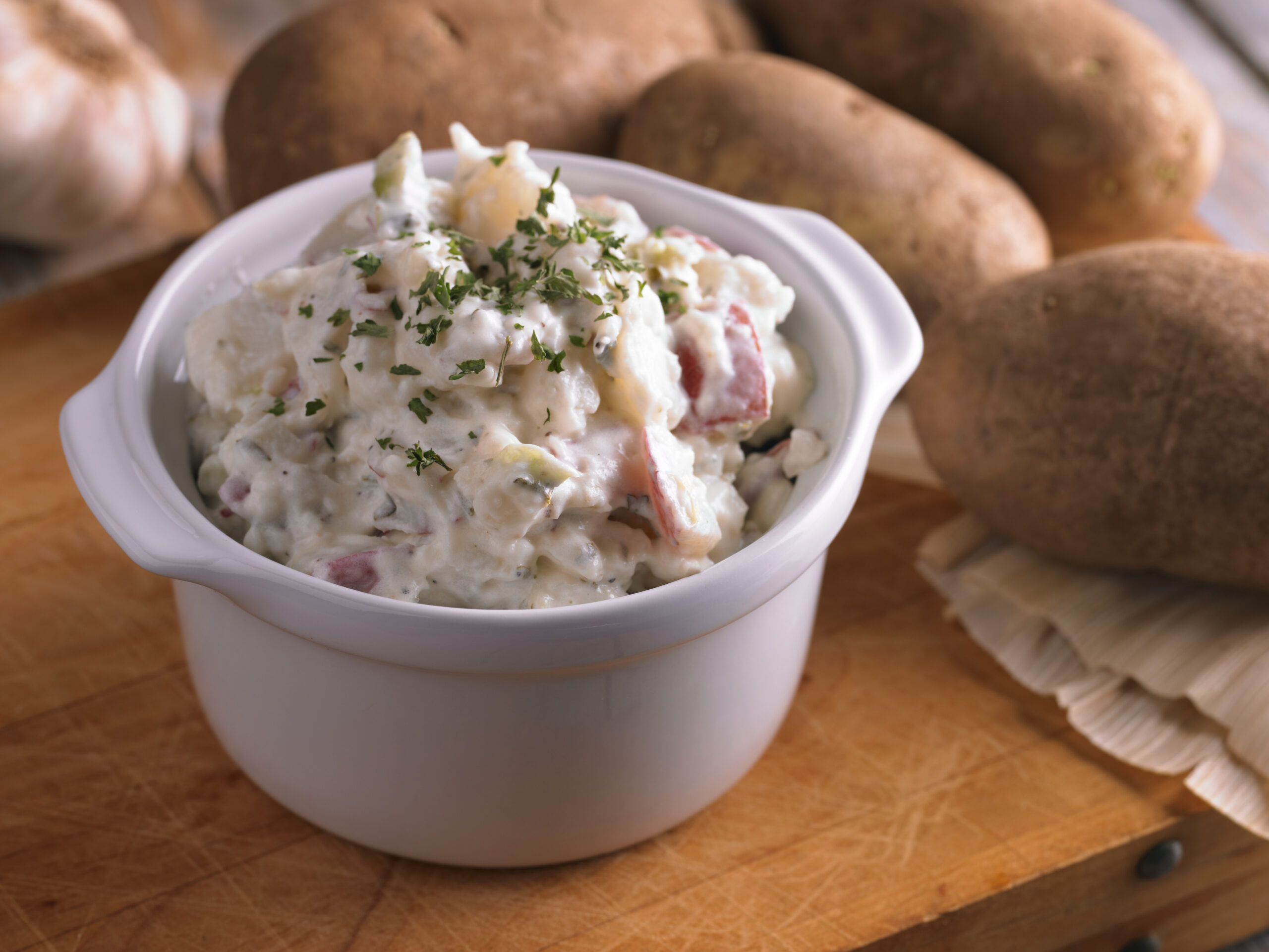
This combination is a prime example of quirky 1940s foods. People jazzed up their potato salad with chopped hot dogs. Not too weird, but not exactly modern.
Americans loved hot dogs, which came to the States from Germany in the 19th century. Hot dog manufacturing really ramped up in the 1940s, though.
In 1939, the White House actually added hot dogs to the presidential menu. We wonder what Franklin Delano Roosevelt liked on his dog. Saurkraut and mustard?
Deviled Lobster
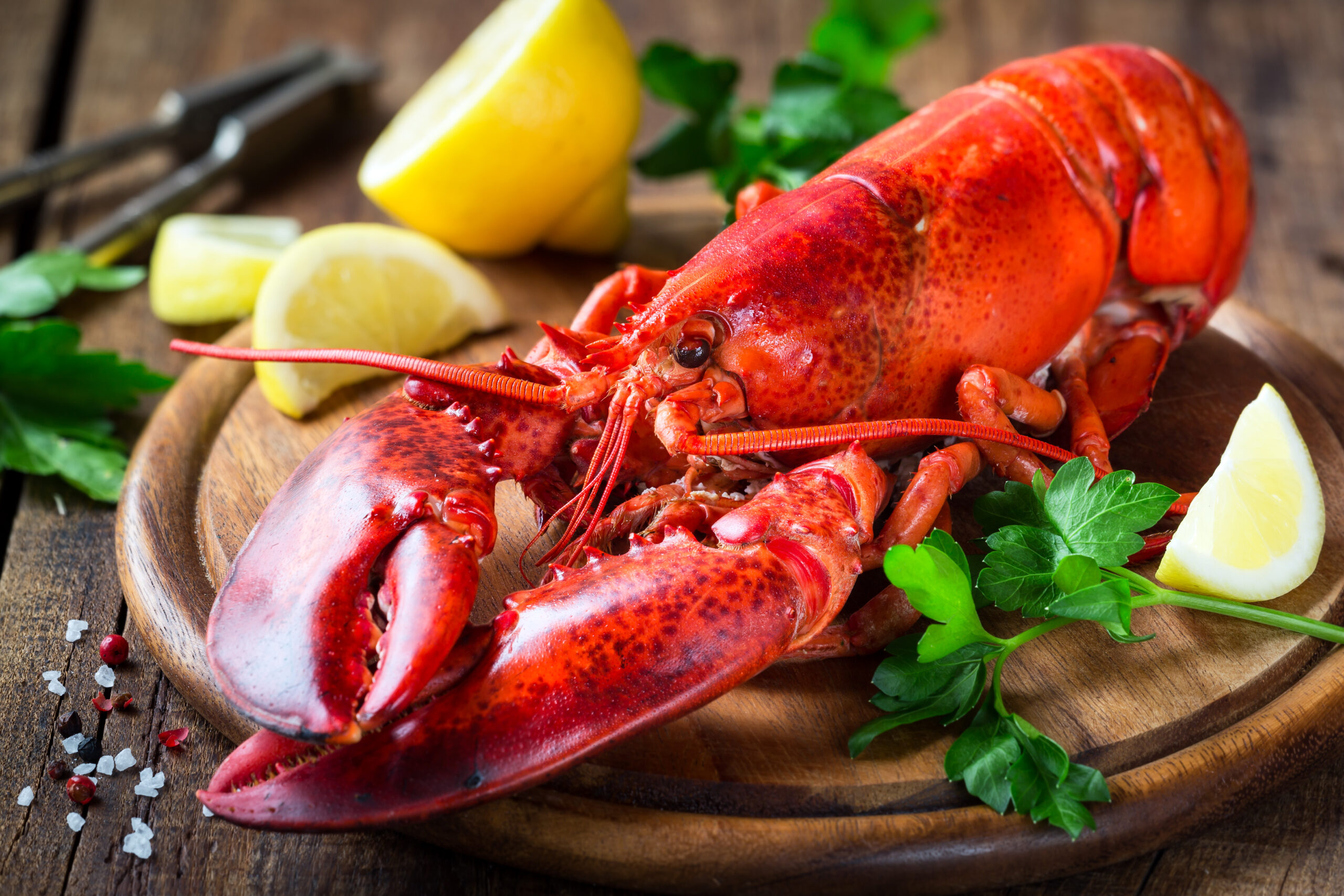
You would be right to associate this time period with rationing. But surprisingly, lobster hasn’t always been the expensive dish you order on special occasions.
For this savory meal, you remove the flesh from the shell and clean it thoroughly. Set it to the side. You’ll use it once your mixture is finished.
When you’re done, use it as a “receptacle” for the lobster mixture. Once the lobster is removed from the oven, garnish with the tail and claws.
Plum Charlotte
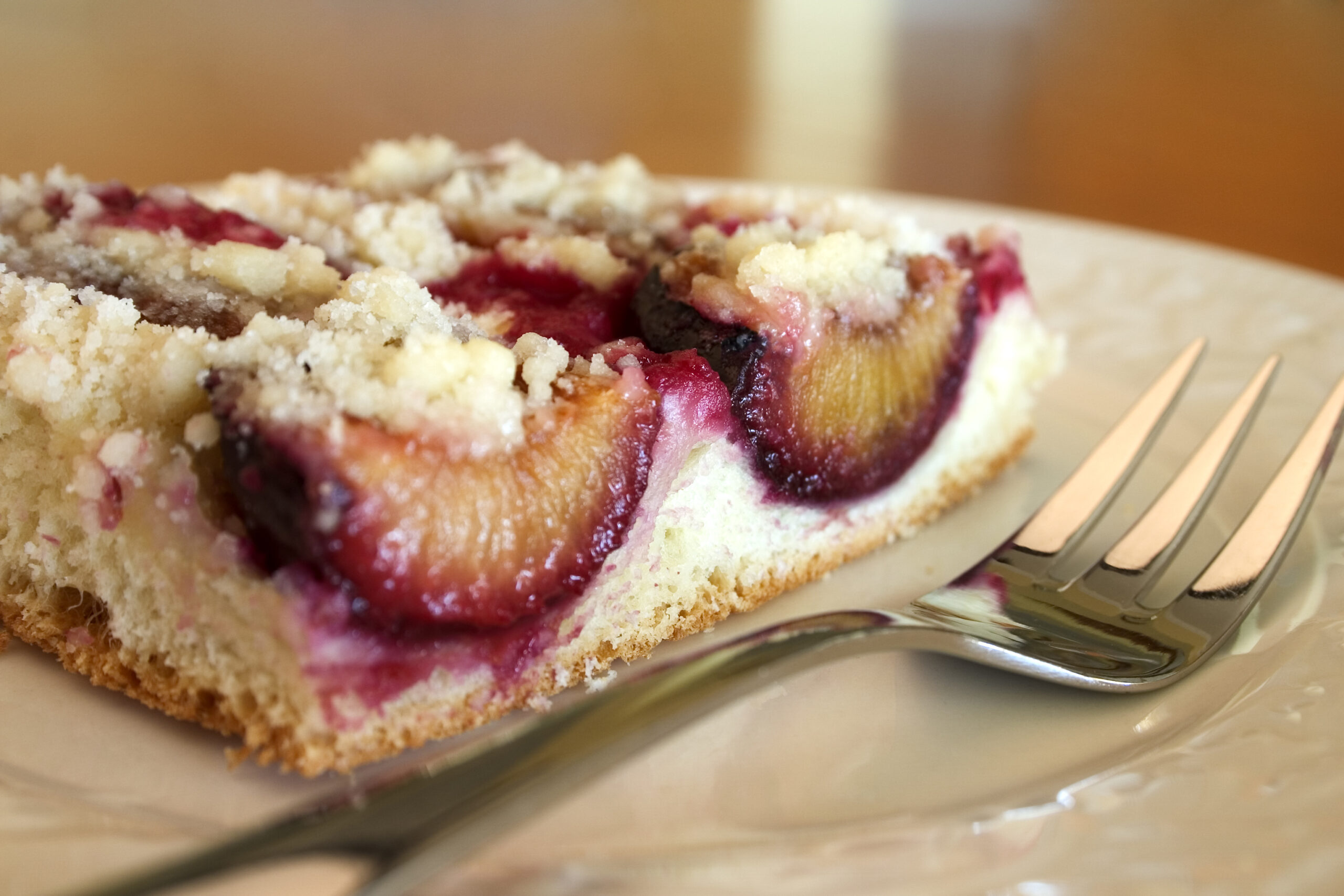
This dessert is solely based on old food, making it perfect for rationing. Plum Charlotte is made with old fruit, typically plums or apples, and stale bread.
Because the government advised against wasting food, this sweet was actually quite common. People made sure to use all the food that they had on hand, old or not.
In fact, wartime posters asked citizens to waste as little produce as possible. Civilians would give any additional food resources to support the war effort.
Oslo Meals
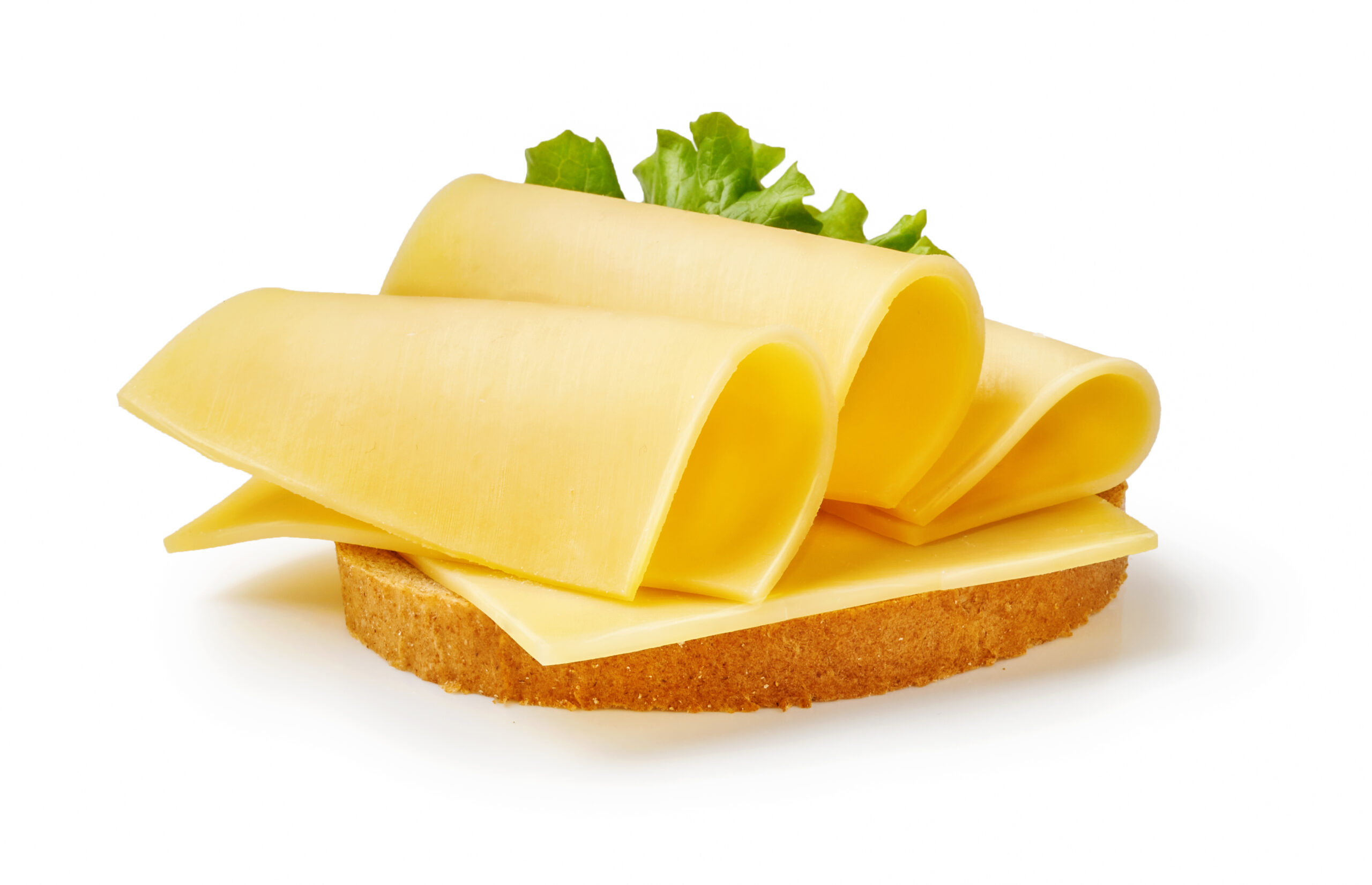
Occasionally referred to as “platters,” Oslo meals included a variety of different things. Many parents feared the rations prevented their kids from eating enough fruits and veggies.
These simple Oslo meals were created to give those children quick and balanced meals. The platters contained bread, cheese, lettuce, and other simple salad ingredients.
They were especially popular in schools, where they were first introduced as an experiment to see if they improved children’s nutrition. Reportedly, the experiment was a success!
Meatloaf
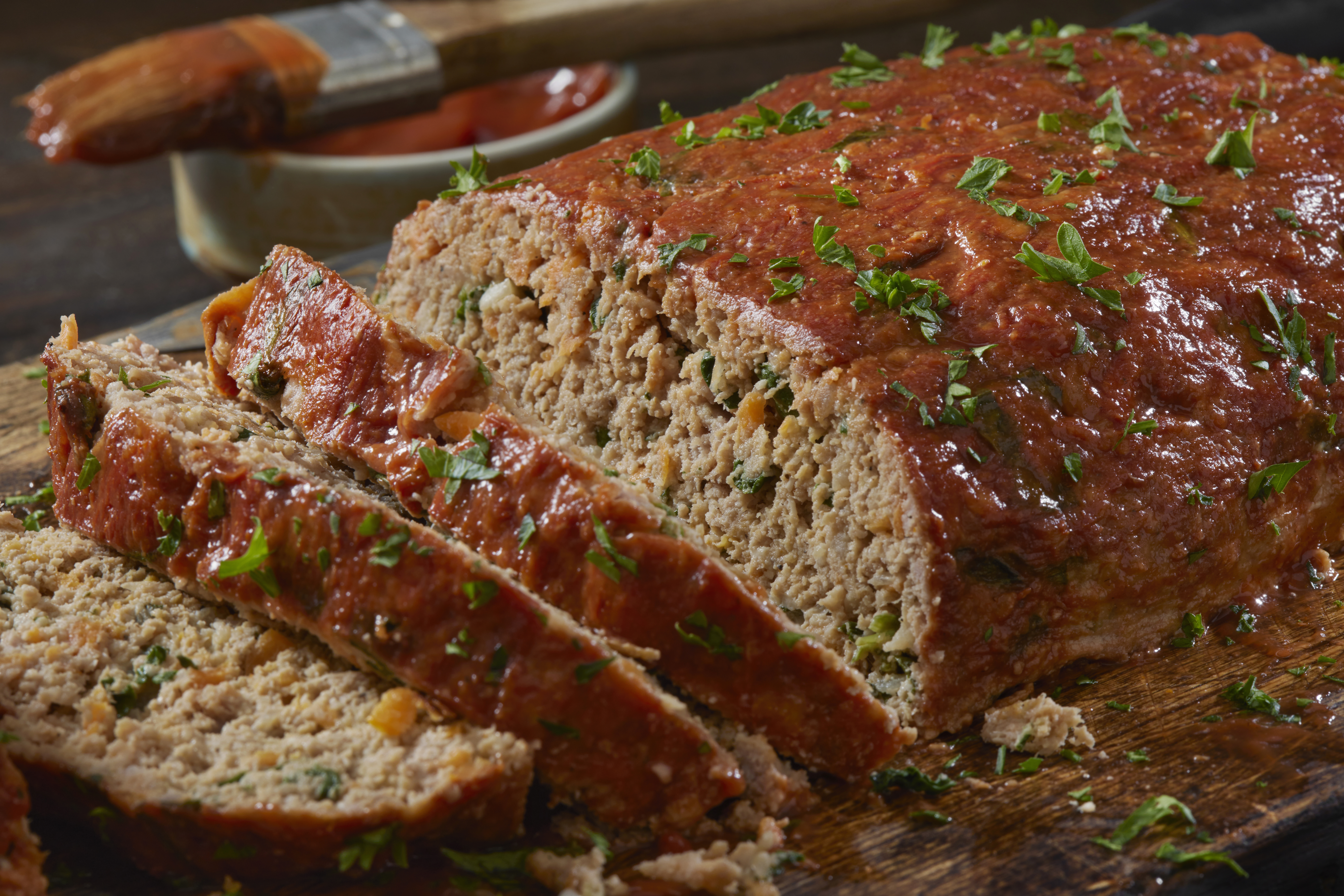
Meatloaf was a pretty big deal back in the 1940s. In fact, Bon Appetit actually called meatloaf “an emblem of wartime ingenuity” in the 1940s.
During that decade, homemakers found that ground beef was cheaper than other proteins like steaks and roasts. And there were so many different recipes for it!
Accordingly, any meal that called for ground beef helped stretch their food budget. It was filling and cheap, yet still packed with the necessary protein.
Mashed Potatoes
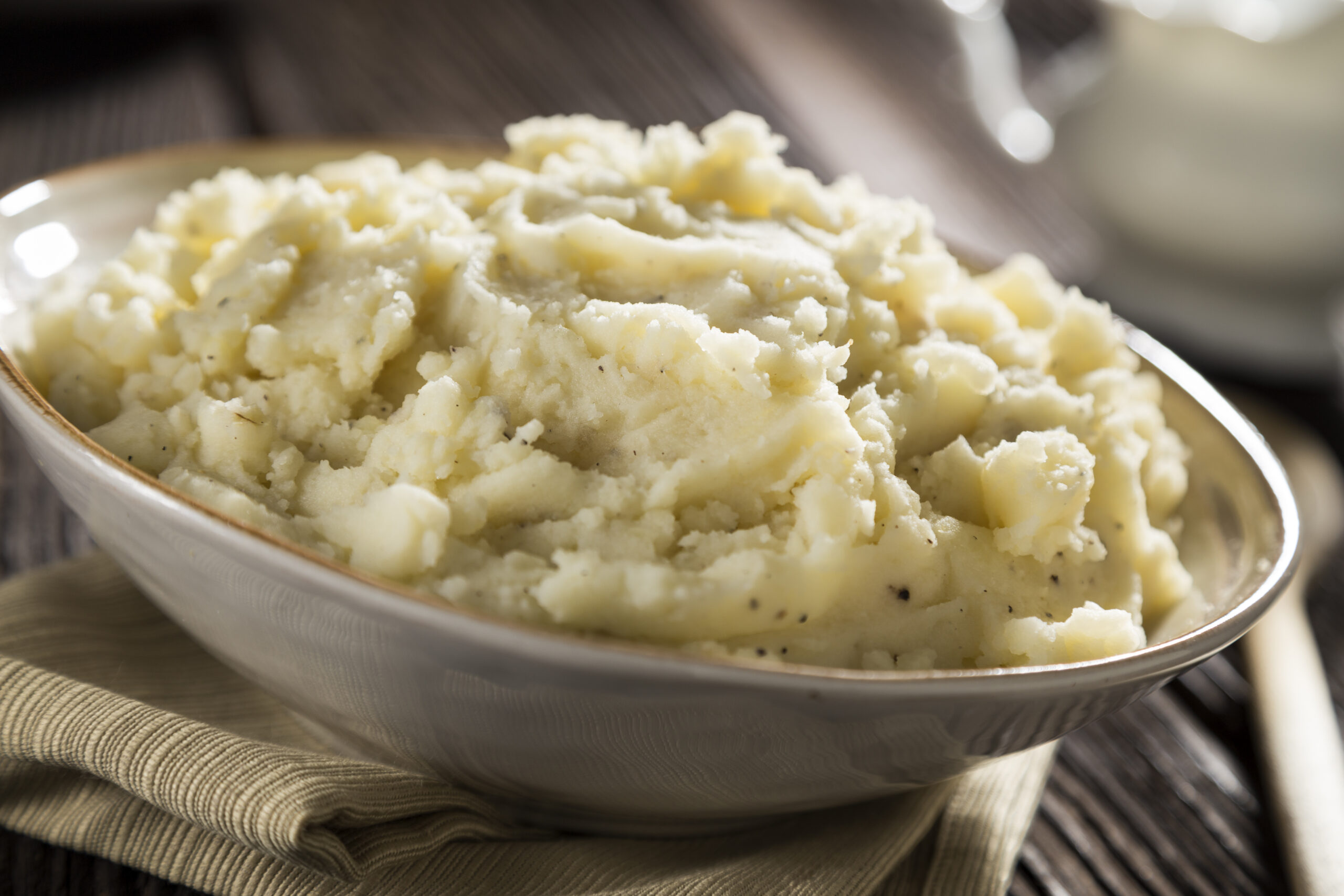
To be fair, mashed potatoes were always popular and always will be. But in the 1940s especially, the creamy spuds could feed an entire family fairly cheaply.
Instant mashed potatoes actually came out in 1946. They quickly became popular because they helped housewives and cooks save a lot of food prep time.
Some instant mixes only needed water. In addition to saving time in the kitchen, they’re super cheap, really easy to make, and are actually pretty good.
Coleslaw
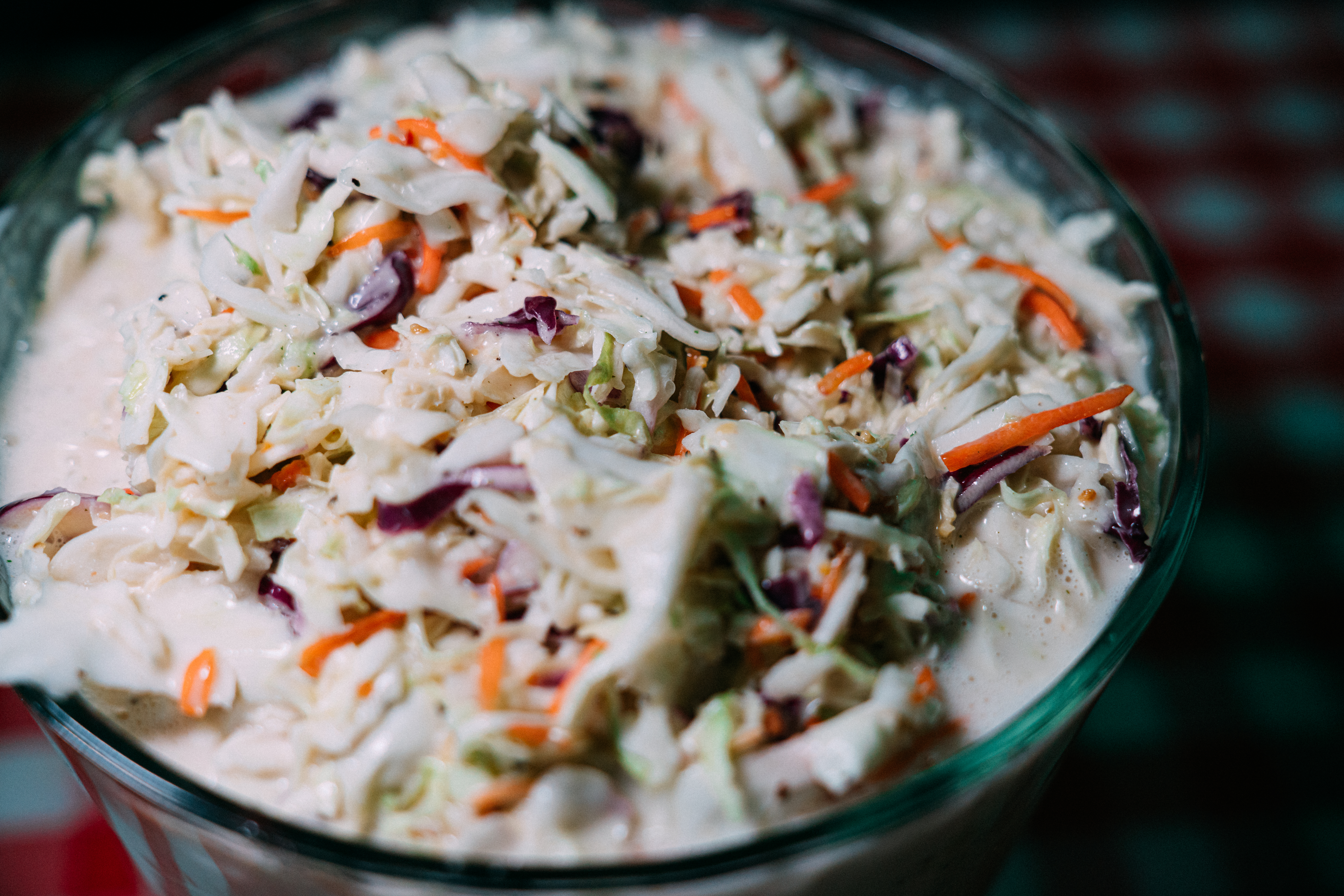
It’s the perfect side dish and fairly easy to make. Who wouldn’t want to dive into some coleslaw, especially if it’s homemade, crunchy, and fresh?
One popular coleslaw recipe from the 1940s actually had a sour cream dressing. Certain people even added Worcestershire sauce to their mixes.
A lot of people were experimenting with different flavors for their basic recipes back then. Who knew there were so many ways to jazz up coleslaw?
Jellied Chicken
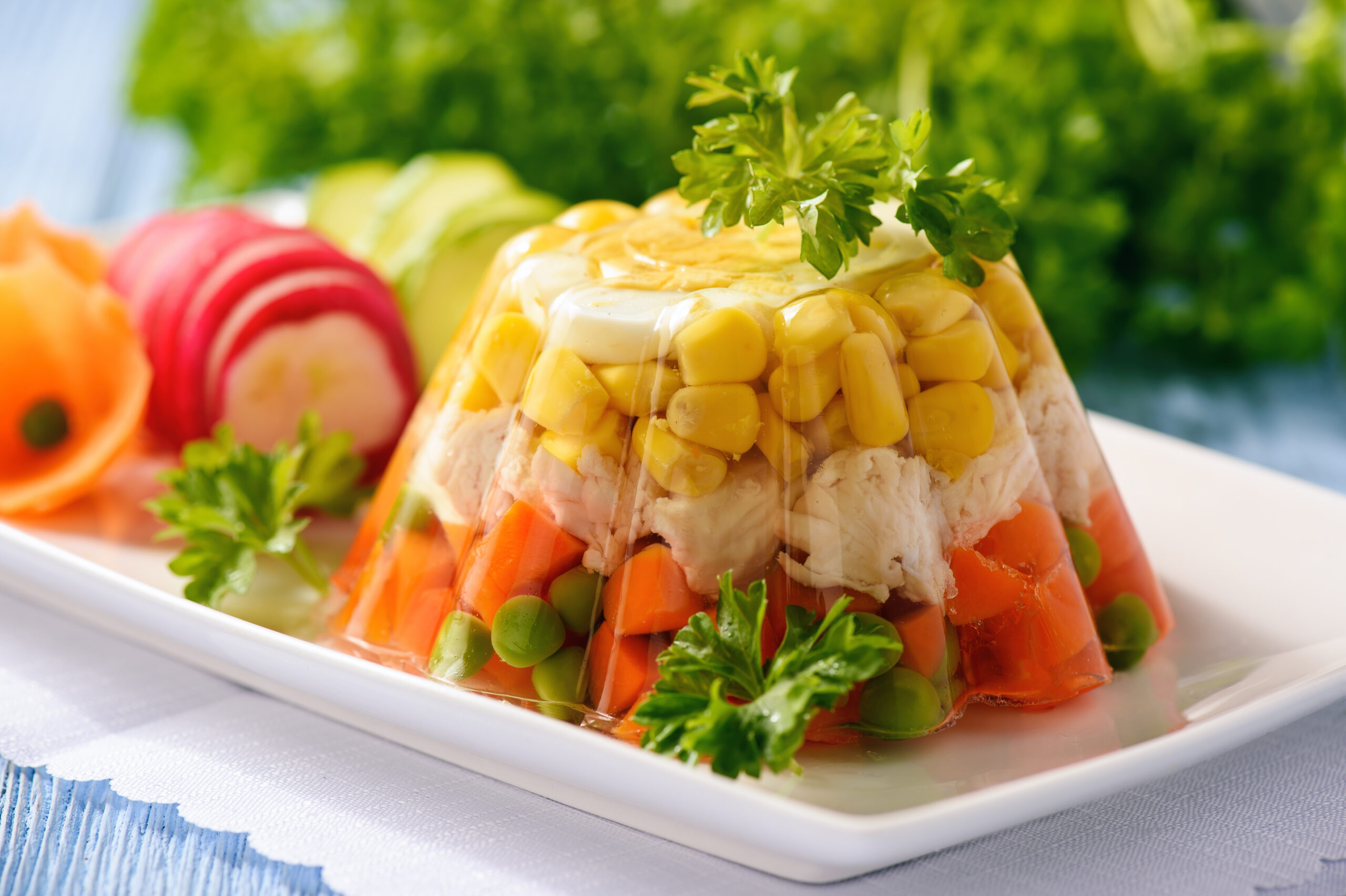
It doesn’t look appetizing, but surprisingly, jellied chicken was popular for a few decades. People certainly seem to be over the gelatin obsession of previous decades.
In the 1940s, though, even savory dishes were jellied. People just wanted to see how far they could take the Jell-O craze, we guess.
Jellied chicken was especially popular, and it supposedly tasted quite good. You can try the recipe for yourself if you’re feeling adventurous.
Cheerios
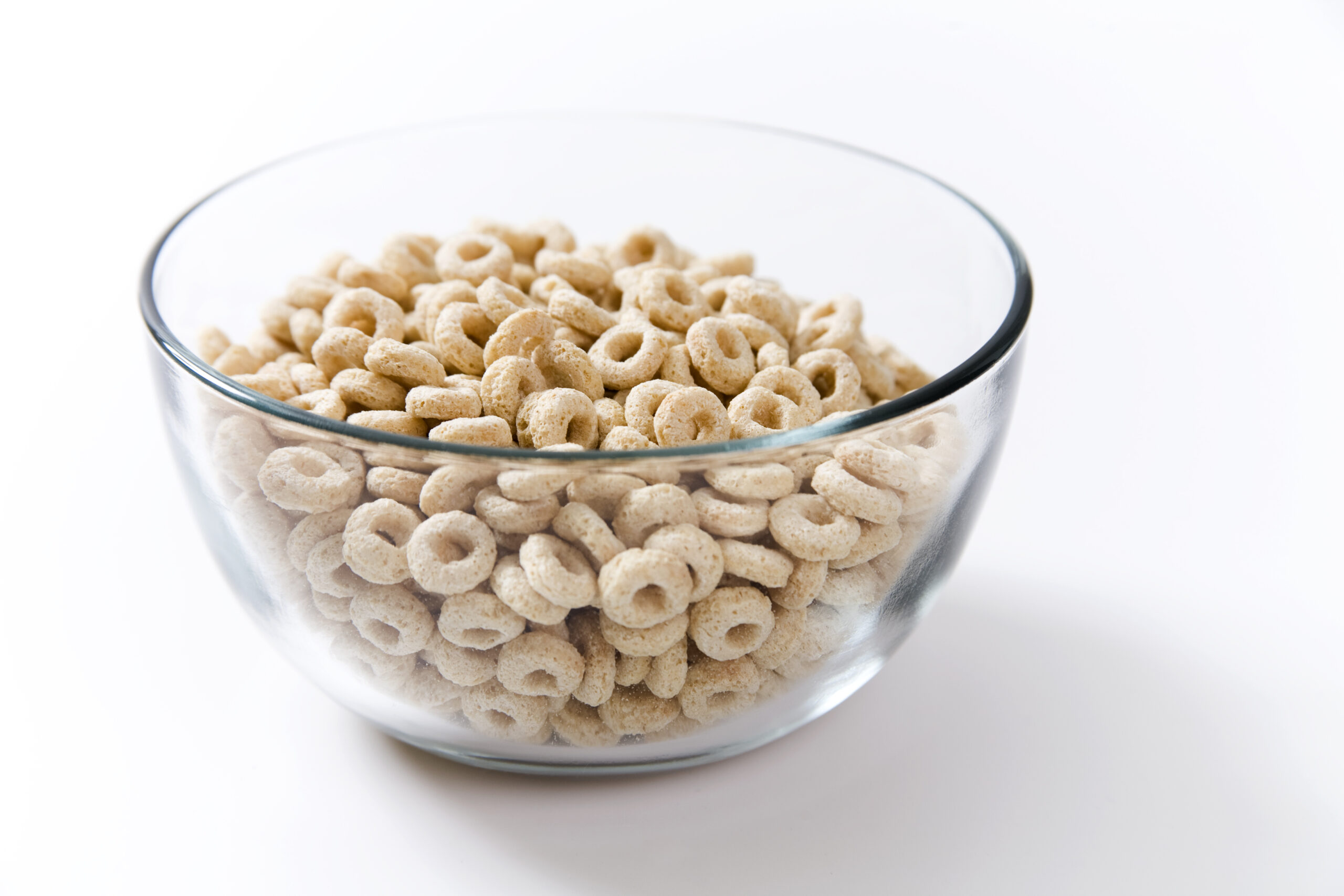
Cheerios may be a huge part of your breakfast now, but they were new in the ’40s. Lester Borchardt collaborated with General Mills and invented the cereal in 1941.
There were no additional Cheerio flavors then, but the cereal did go by a different name — Cheeri Oats. We can see the resemblance.
Another company already owned the rights to that name, though. So General Mills agreed to rebrand as Cheerios, and the name (obviously) stuck!
York Peppermint Patties
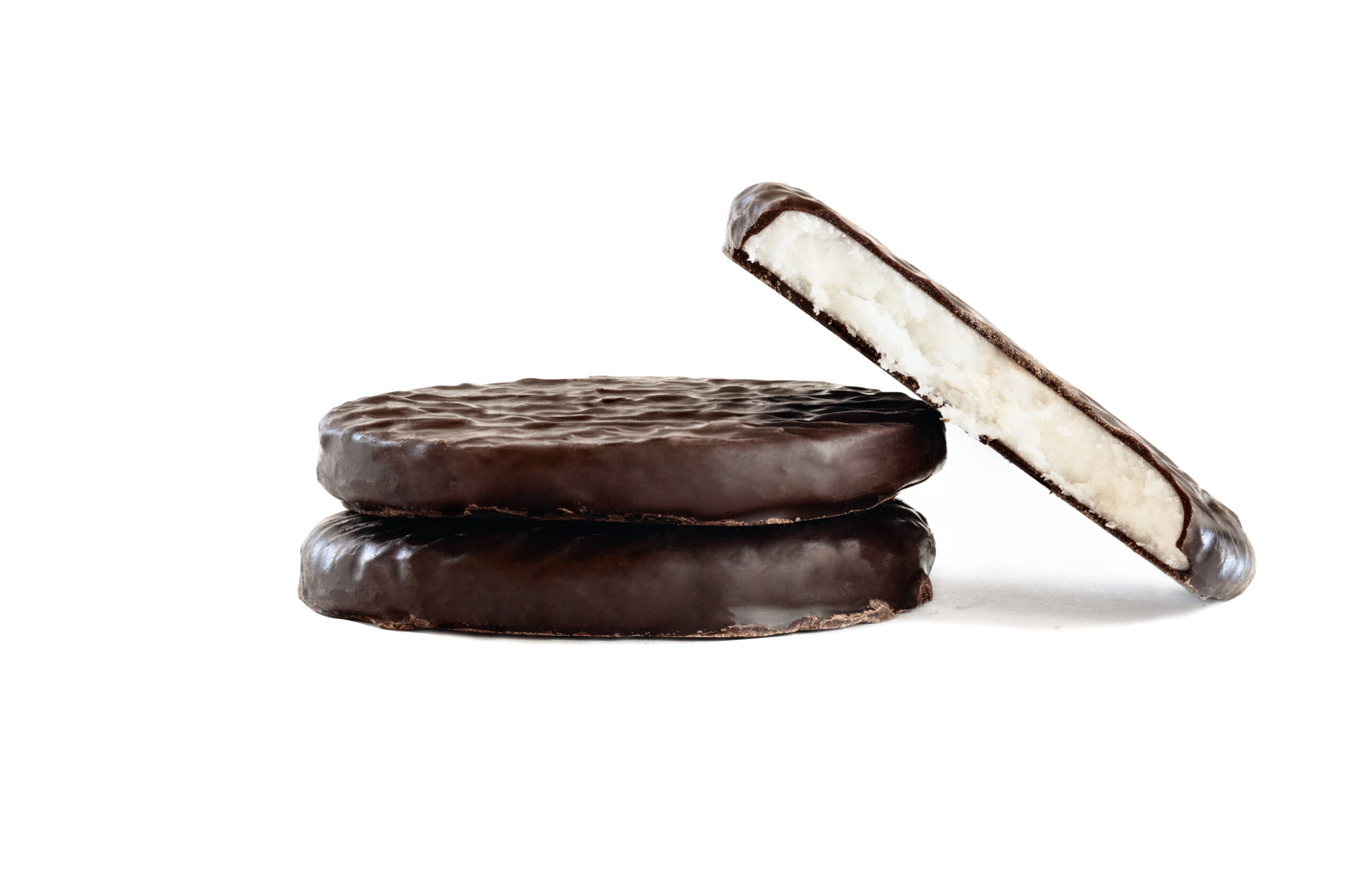
York Peppermint Patties were introduced to the world in 1940. Named after York, PA, the patties were refreshing with a hint of chocolate.
Henry Kessler started selling the treat in 1940 after he learned how to make the mint portion crisp. And we’re glad that he did.
The patties were instant hits. In 1988, Kessler’s brand merged with the Hershey company – the ultimate chocolatier. And the rest is history.
Betty Crocker’s Cake Mix
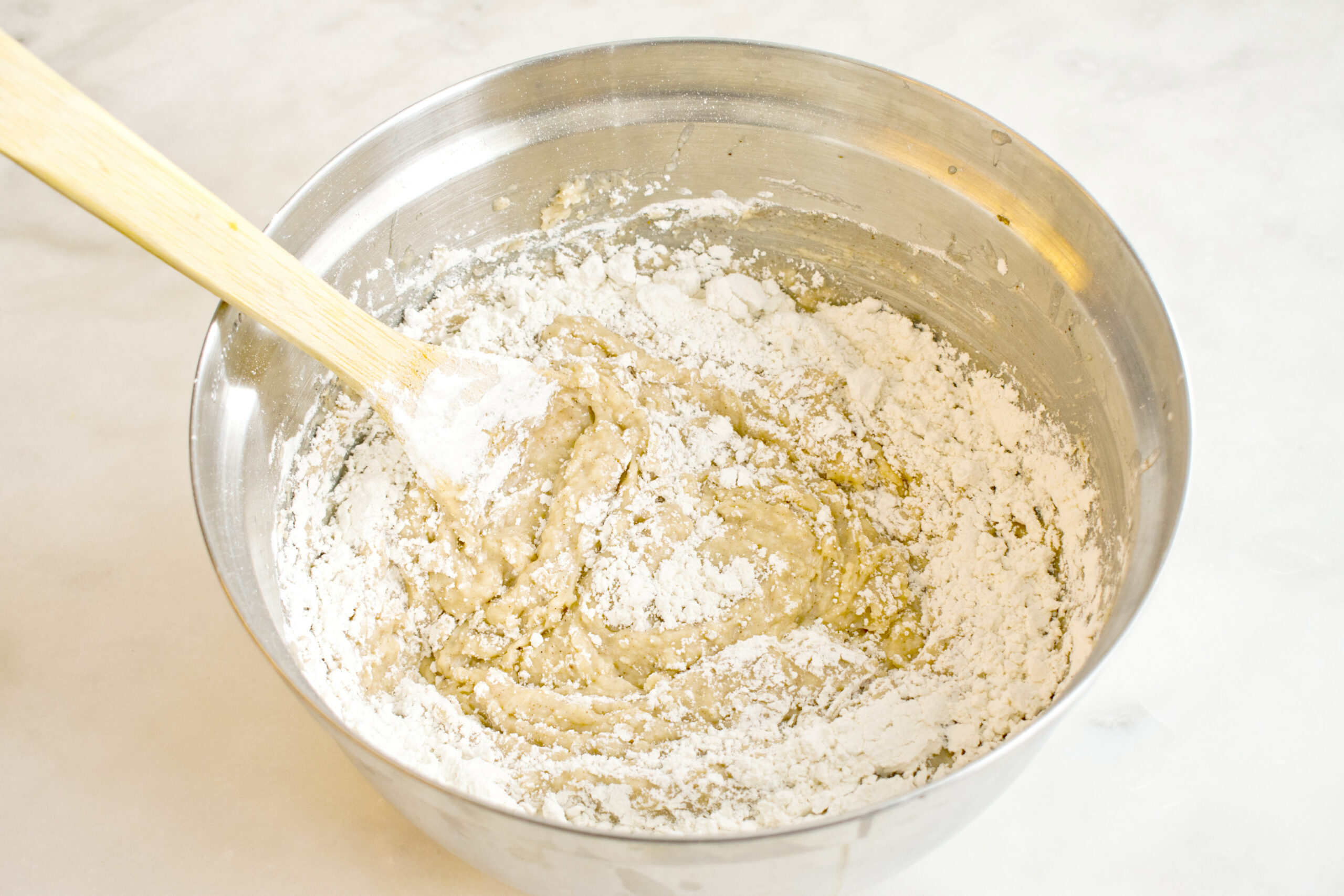
The war made it necessary for more women to get jobs in the 1940s. Consequently, women had less time to cook, and so instant products, like cake mixes, became more popular.
While cake mix originated in the 1930s, it didn’t take off until the ’40s, probably because of this shift in the workforce.
By the end of the decade, more than 200 companies manufactured cake mix products. Betty Crocker was an especially popular brand.
Spam
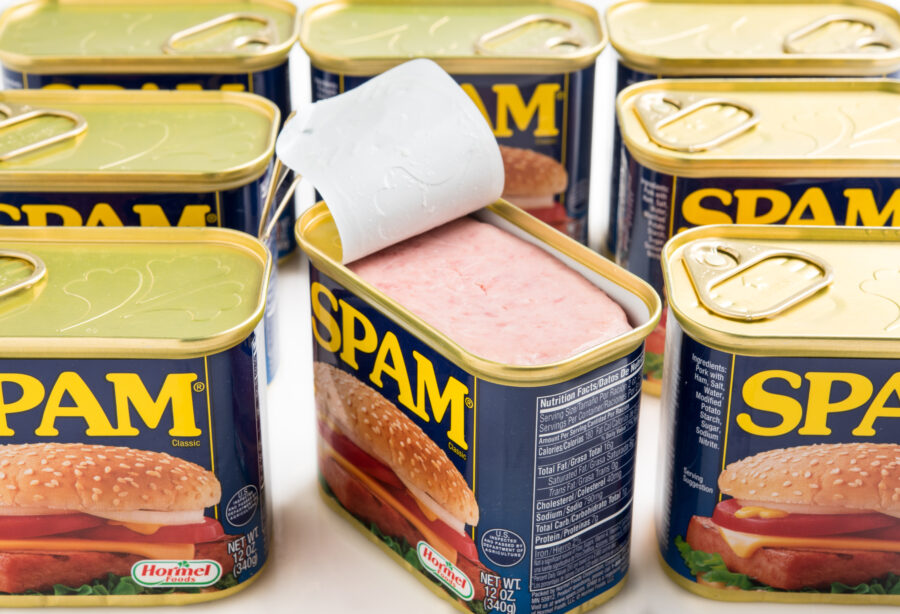
It might seem a little gross now, but spam was kind of a big deal back in the 1940s. The gelatinous dish was released in 1937.
It was a good protein option for families who couldn’t always afford meat. Spam also appeared on many menus for the troops during WWII.
Its versatility went a long way. It could be fried, added to sandwiches, or eaten directly from the jar. Some people still enjoy Spam today.
Concentrated Orange Juice
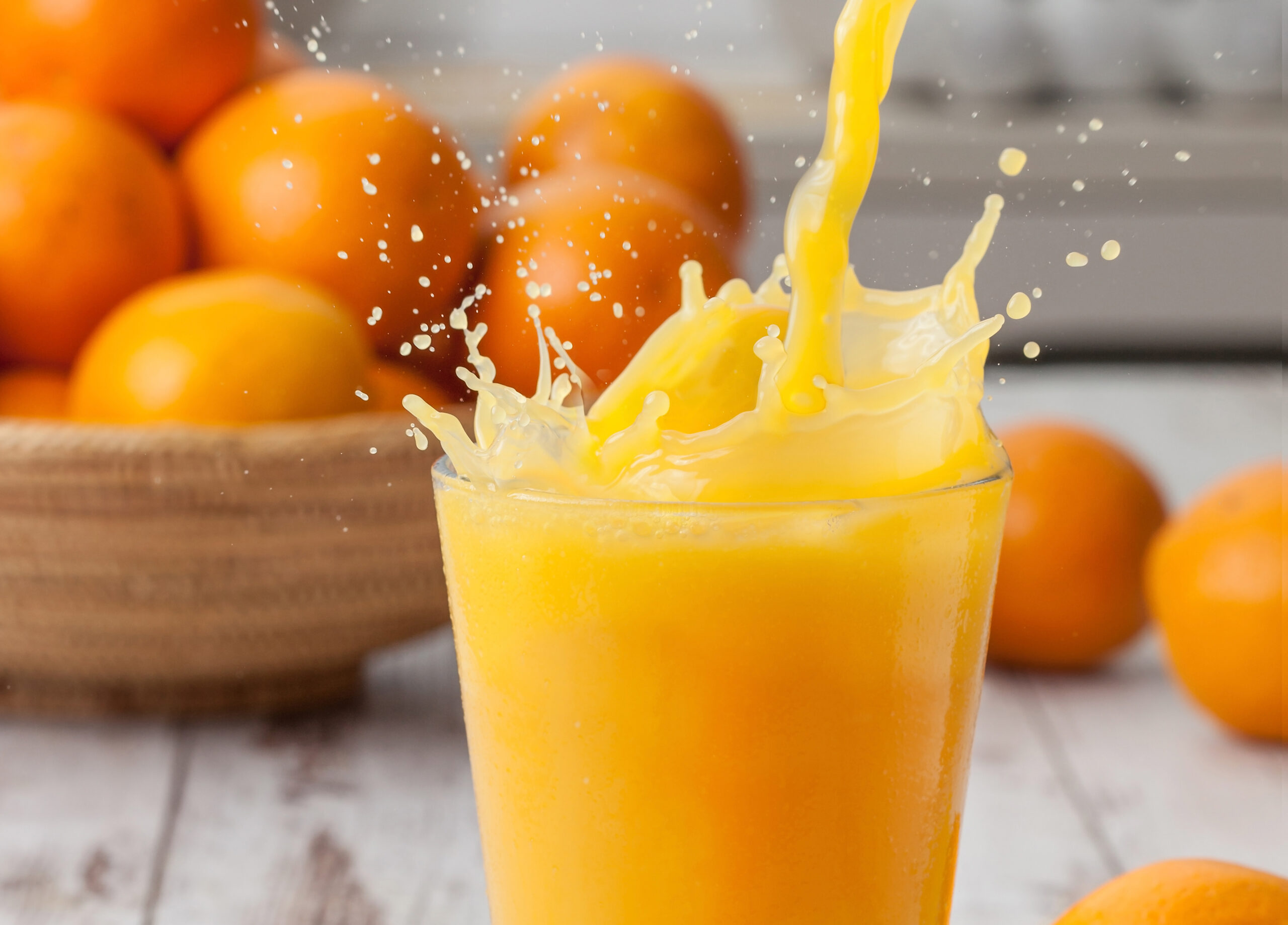
Those cans of frozen juice in the grocery store might seem pretty odd now. It was a very popular drink option in the 1940s, however.
Apparently, in 1942, the Army wanted the troops to get as much Vitamin C as possible, but they didn’t want the vitamin to taste gross.
In 1945, they found a solution, and concentrated orange juices became more popular. The product was originally called Minute Maid — ever heard of it?
Liver Loaf
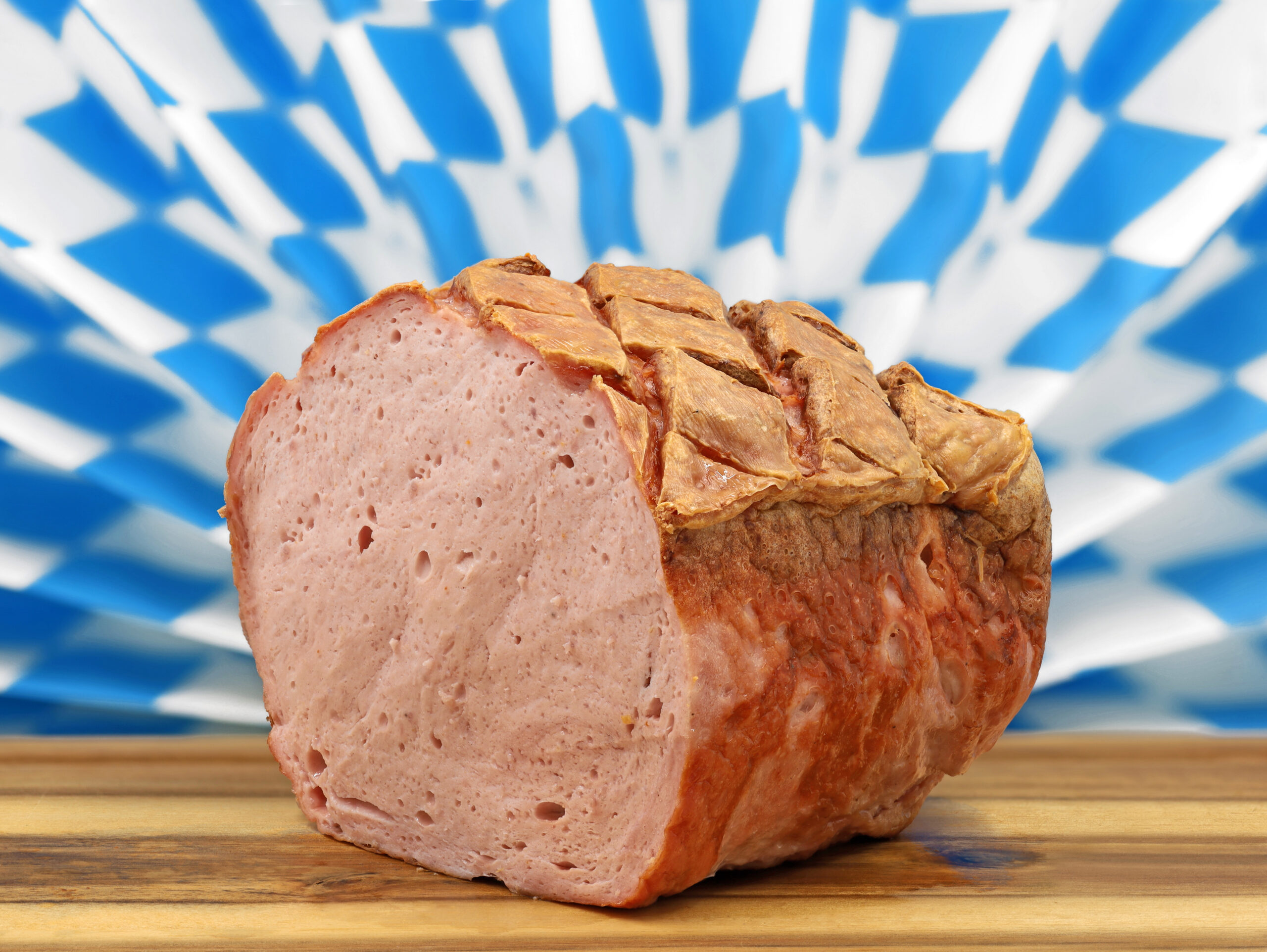
Much like Spam, liver loaf amassed quite a lot of fans. This loaf helped mothers serve cheap and nutritious dinners. And it was often accompanied by some vegetable dish.
Traditionally, the loaf of meat combined pork, bacon, corned beef, and onions. Like ground beef, it provided an alternative to more expensive protein options.
There were lots of ways you could eat it. It might be sliced and laid on a bun or eaten plain. We’re not clamoring to try it.
Homemade Applesauce
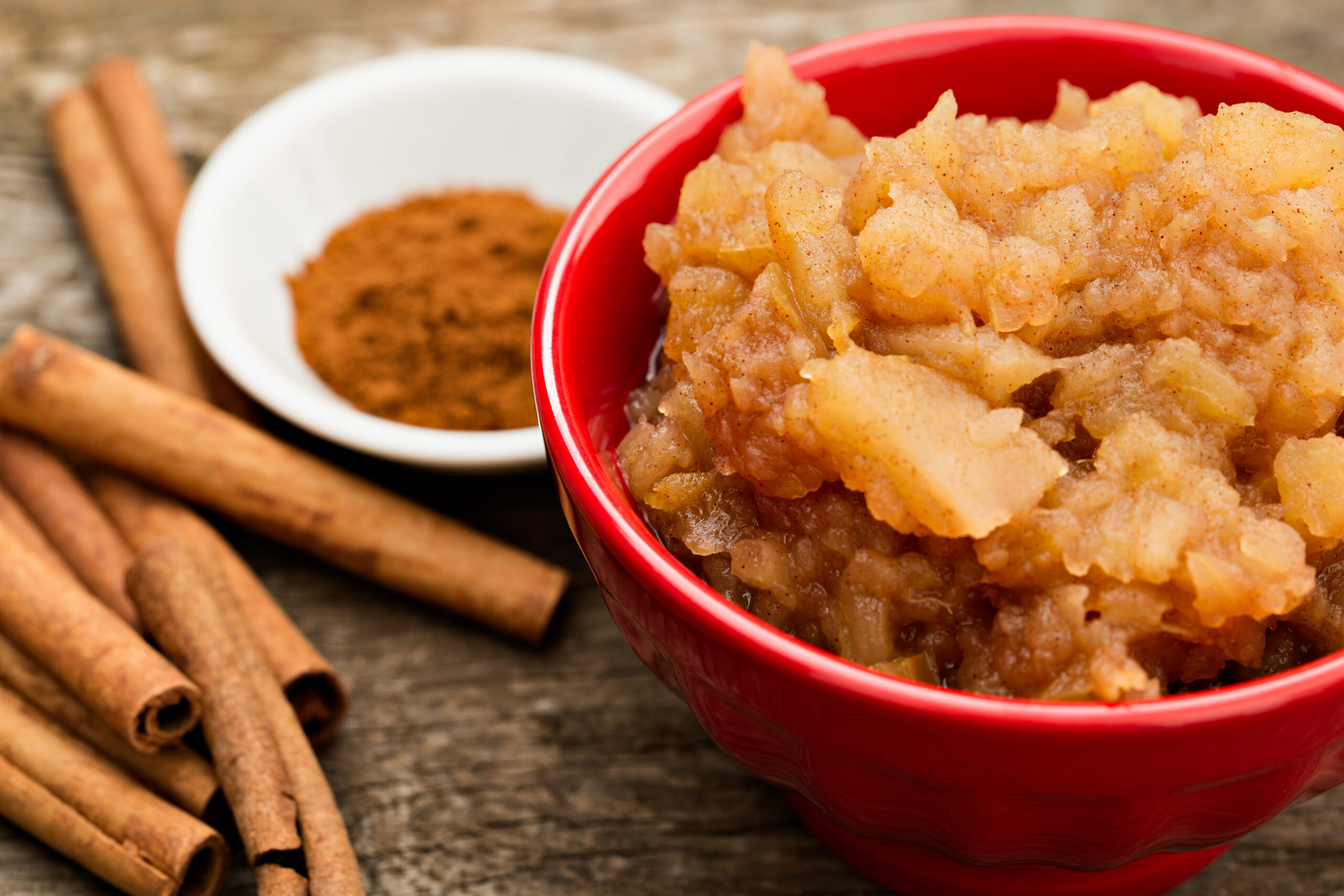
People who lived close to orchards or had access to apple trees likely did a lot of canning. They would harvest the fruit and make smooth apple purees.
Pesticides weren’t even common back then, so people relied on their own canning and preservation methods. While apple sauce is still popular, it’s a lot different now.
These days, most people just think about how idyllic it would be to make apple sauce from scratch. It probably sounds nicer and easier than it was.
Coconut Cream Pie
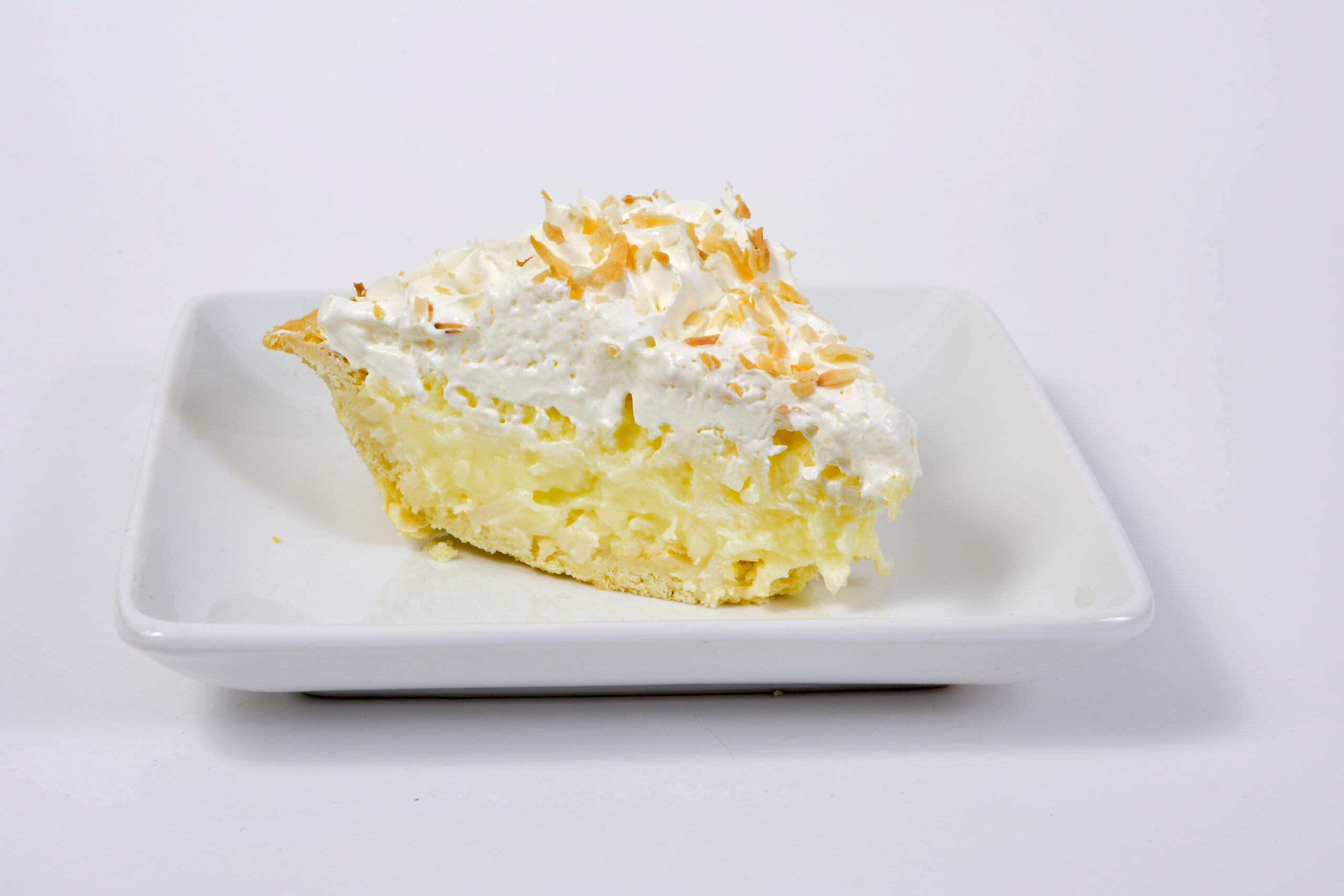
If you’d like a complete history of this delicious pie, it actually has Caribbean roots. When people say this is an old-fashioned dessert, they are right.
Coconut cream pie is hands-down one of the best things people ate during the ’40s, especially when compared to some of the other foods on this list.
Think creamy, homemade custard, topped with strawberries, or the toasted coconut, alone. Absolutely delicious. It’s no wonder people are still eating it.
Bread Pudding
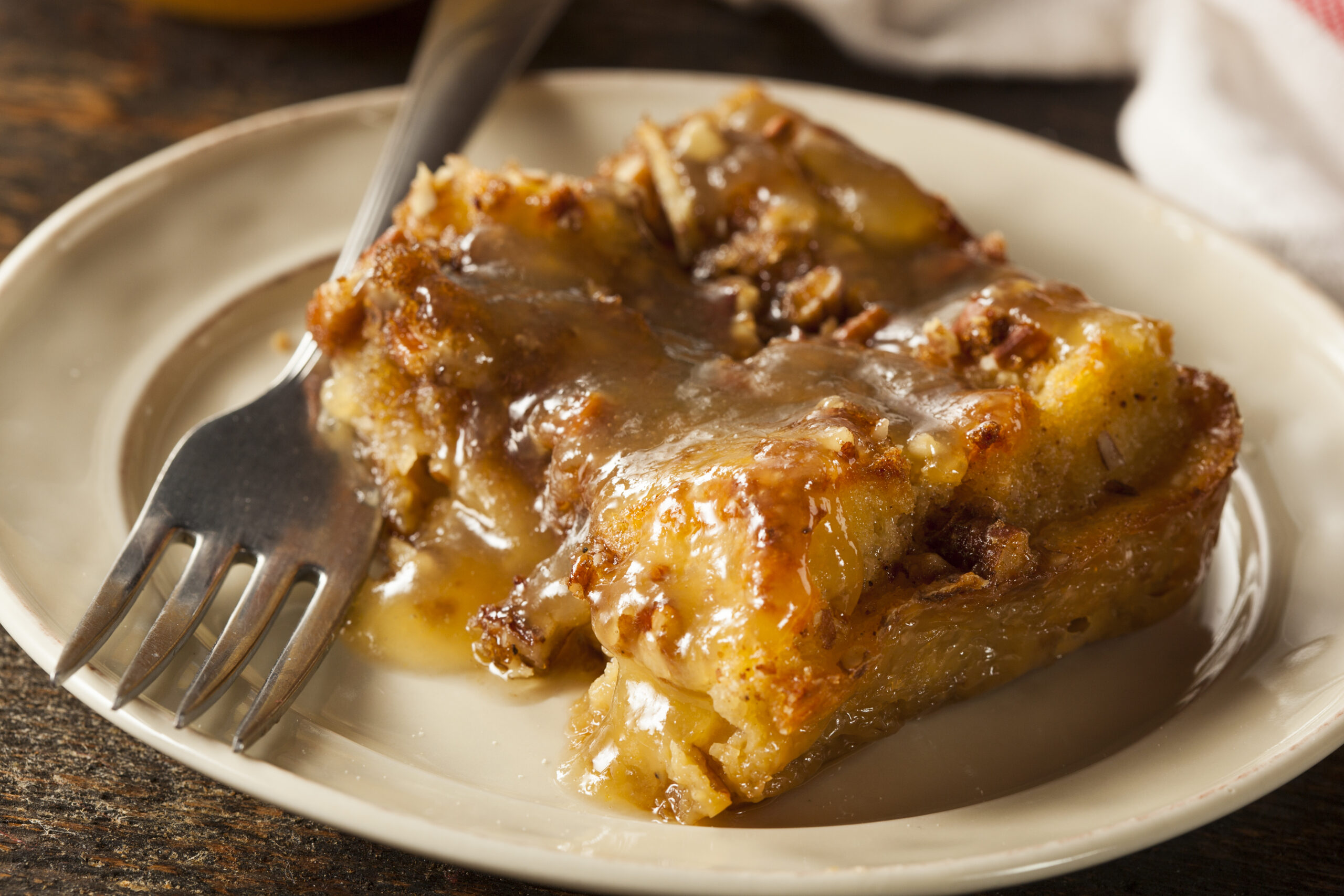
You’ve probably heard of this one before. Bread pudding is a pretty simple dessert, which is essentially just bread soaked in milk.
It has a rich, creamy, melt-in-your-mouth texture. While it was popularized in the 40s, this dish goes back to the 11th and 12th centuries, according to The Daily Gazette.
Food historians found that the recipe came together as a “poor man’s pudding,” as it was popular with the lower classes and a fantastic way to resurrect leftover bread.
Egg Salad
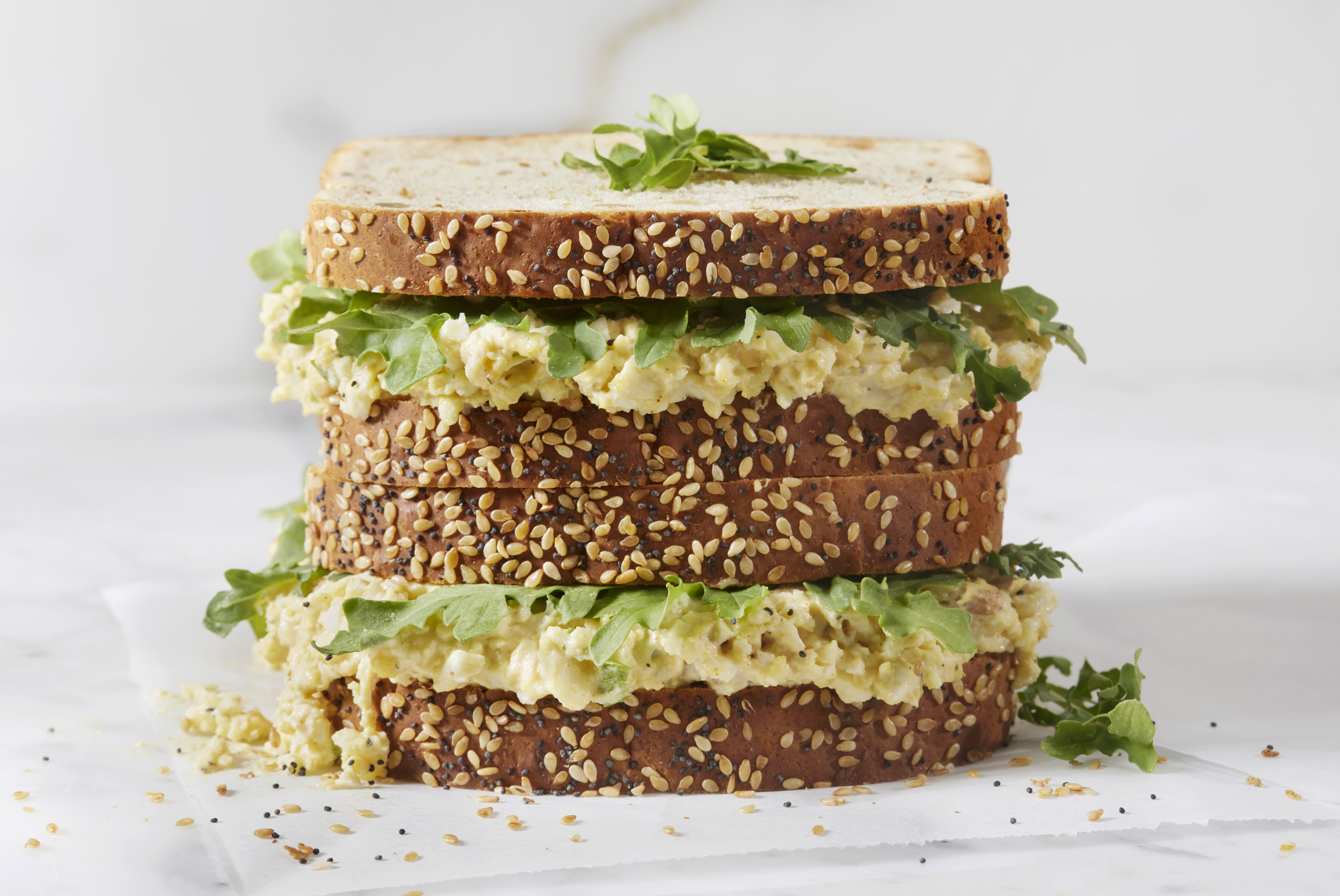
While we may never know who first mixed mayonnaise with hard-cooked eggs to create the first egg salad, it most likely originated in France.
It’s since made its way over to the United States. Like they remain today, egg salad became part of an array of sandwiches, salads, and luncheon dishes.
It’s obvious why people enjoyed them in the 40’s. They’re enjoyable, efficient to make, affordable, and taste great on a sandwich.
Vegetable Soup
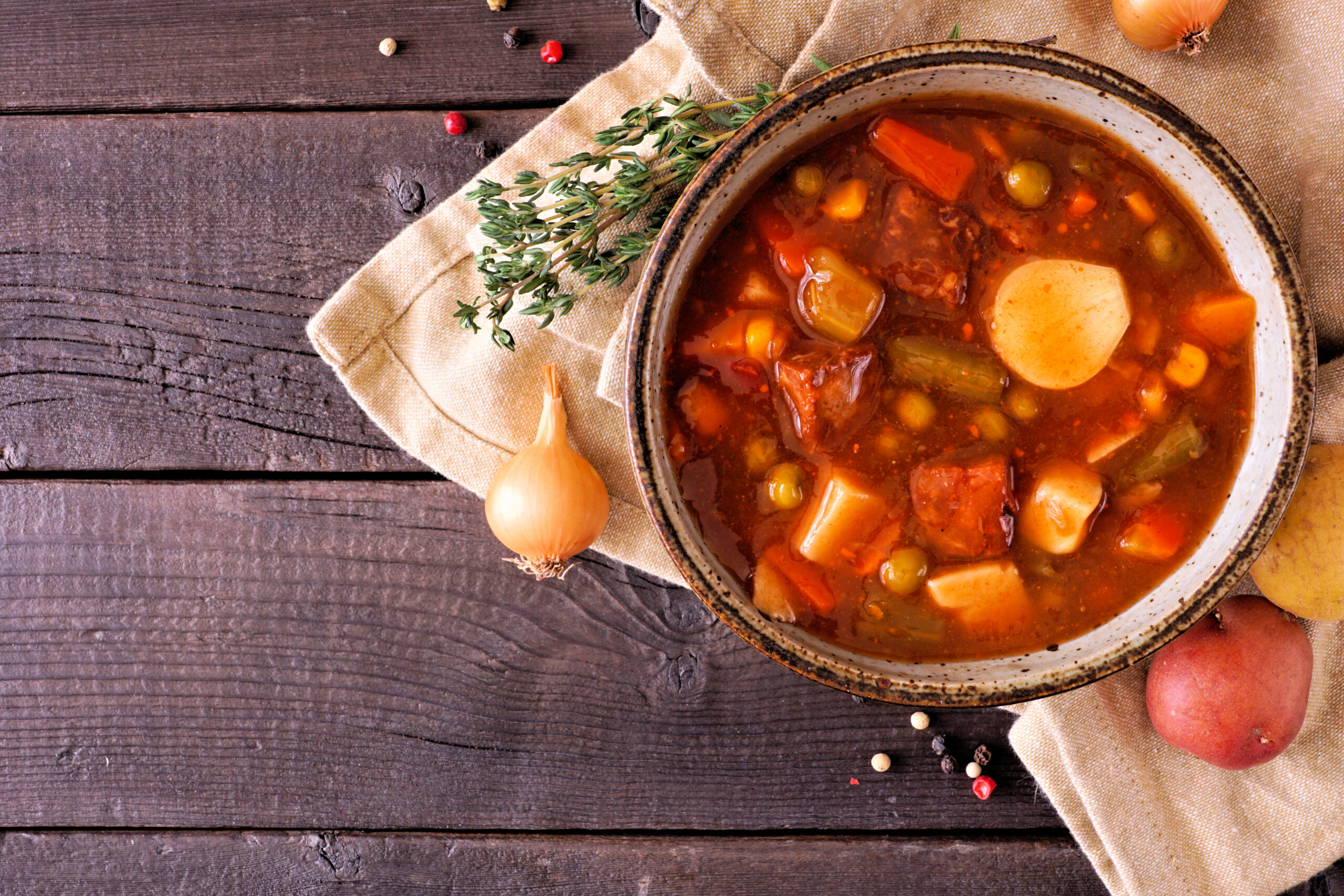
Soups were really popular since women could make them easily. Working moms and wives could throw almost any food scraps into a pot and make them taste good.
Vegetable soup was especially popular because it was nutritious. Typically called “Waste Not Soup,” this vegetable stew was usually hearty enough to make multiple servings.
The best part about it? It didn’t need any meat to make it filling, and it helped increase people’s veggie intake.
Irish Soda Bread
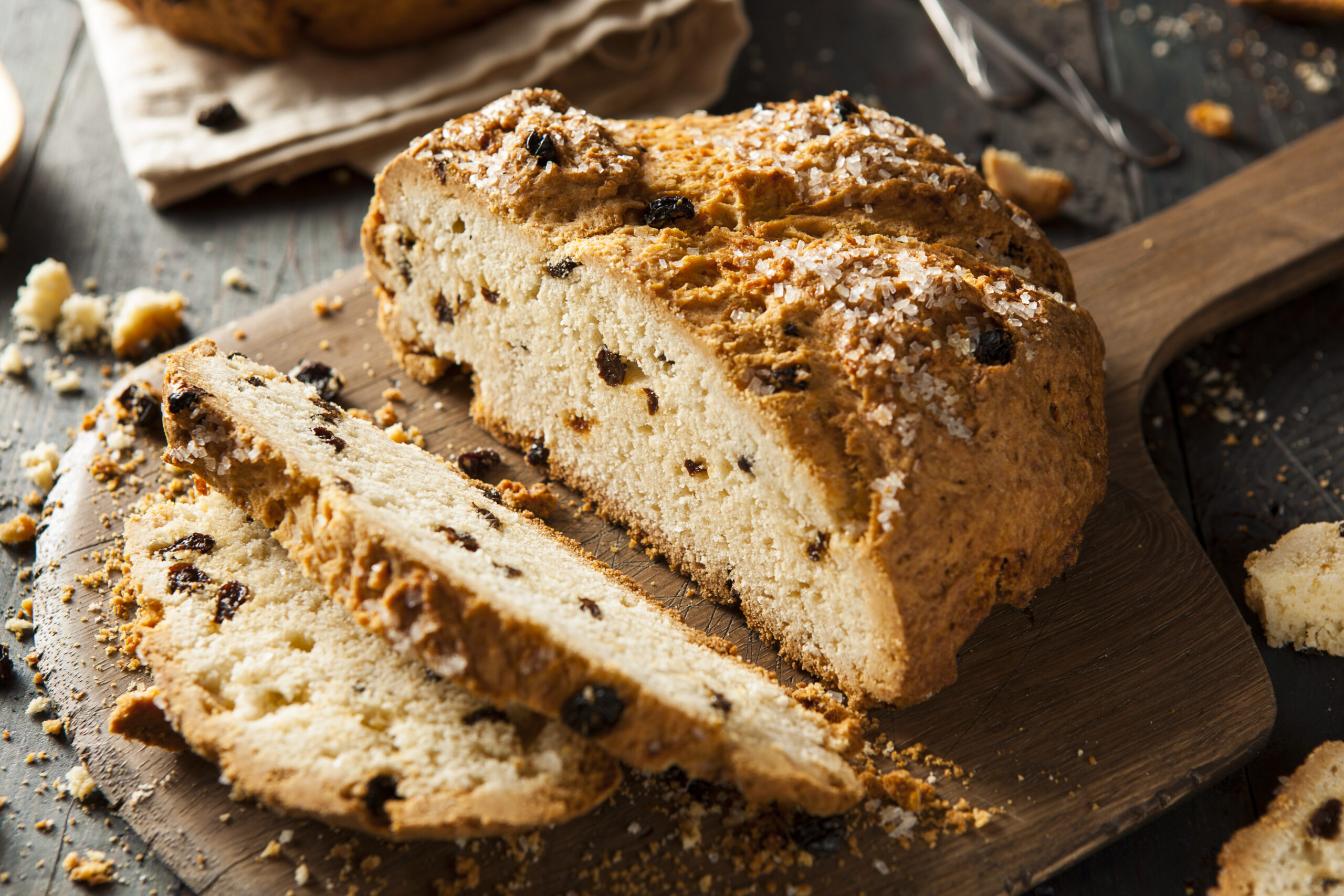
This is a dish created by American Indians using it to leaven their bread before European colonization. Ultimately, it became popular with Americans, who enjoyed the flat cakes.
The ingredients of traditional soda bread are flour, baking soda, salt, and buttermilk. A version of it was also popular with Irish immigrants, whose families Americanized it.
In the ’40s this was paired with soups and stews, and versions included more ingredients like butter, sugars, raisins, or seeds to enhance flavor.
Cheese, Potato, and Onion Pie
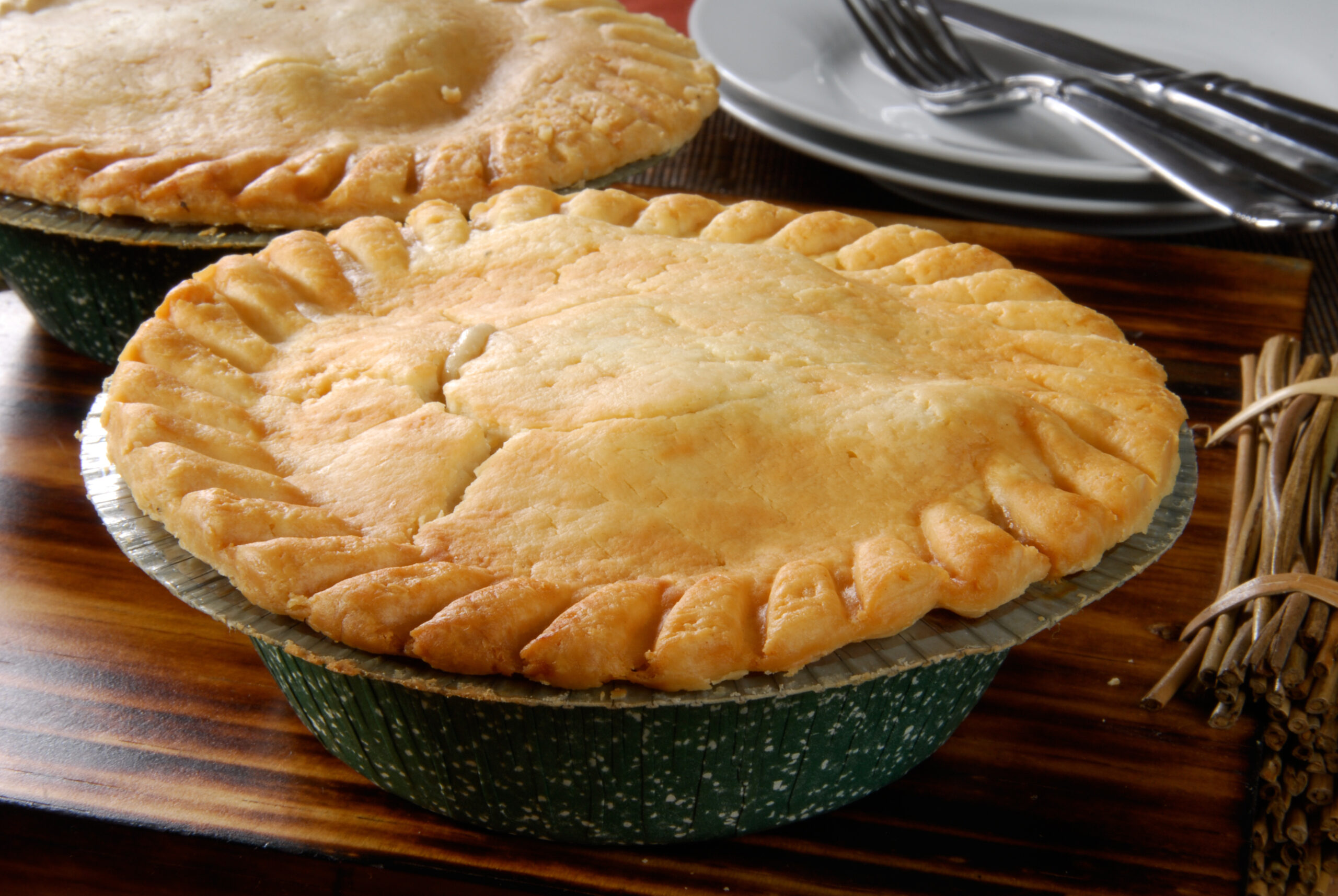
Say cheese! Not only does this pie hold up as a perfect vegetarian option, but it was a real comfort food for a difficult decade in American history.
What was great about cheese, potato, and onion pie, a traditional British meal, was how filling the dish could be for families.
These three ingredients were pantry staples, and could (and still can) be found in just about anyone’s kitchen. That made them easy to make in a pinch.
Meat and Potato Patties
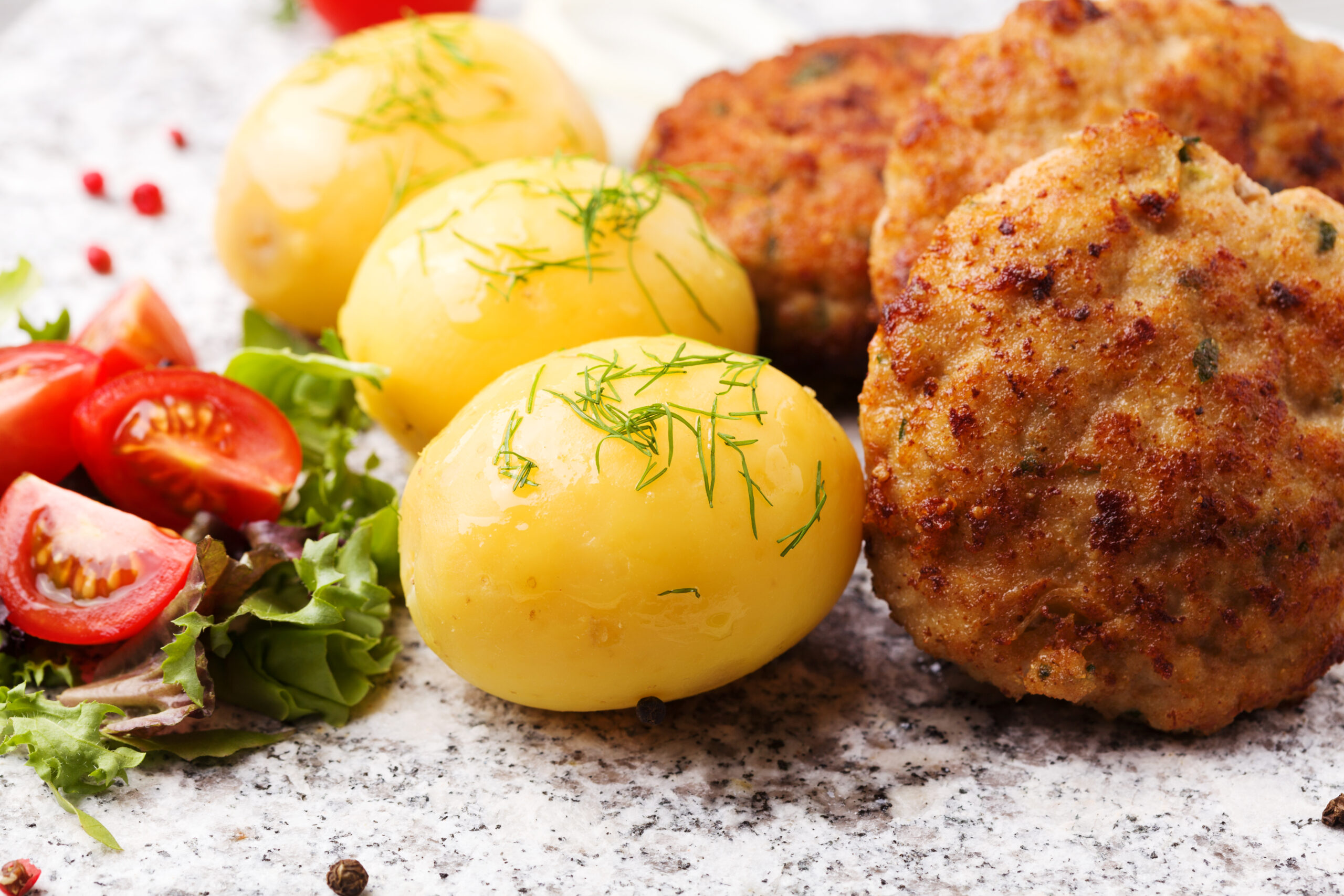
Gladys Klein, of Burlington, Wisconsin, has said, “When meat was rationed and had to be purchased with tokens, this recipe went a long way in feeding a family.”
She remembers really liking the taste as a child and still craves them. After all, it’s meat and potatoes — who wouldn’t?
There’s almost nothing you can’t add potatoes to and improve it by 50%. Meat patties are just one example of this phenomenon.
Cape Cod Bay Brown Bread
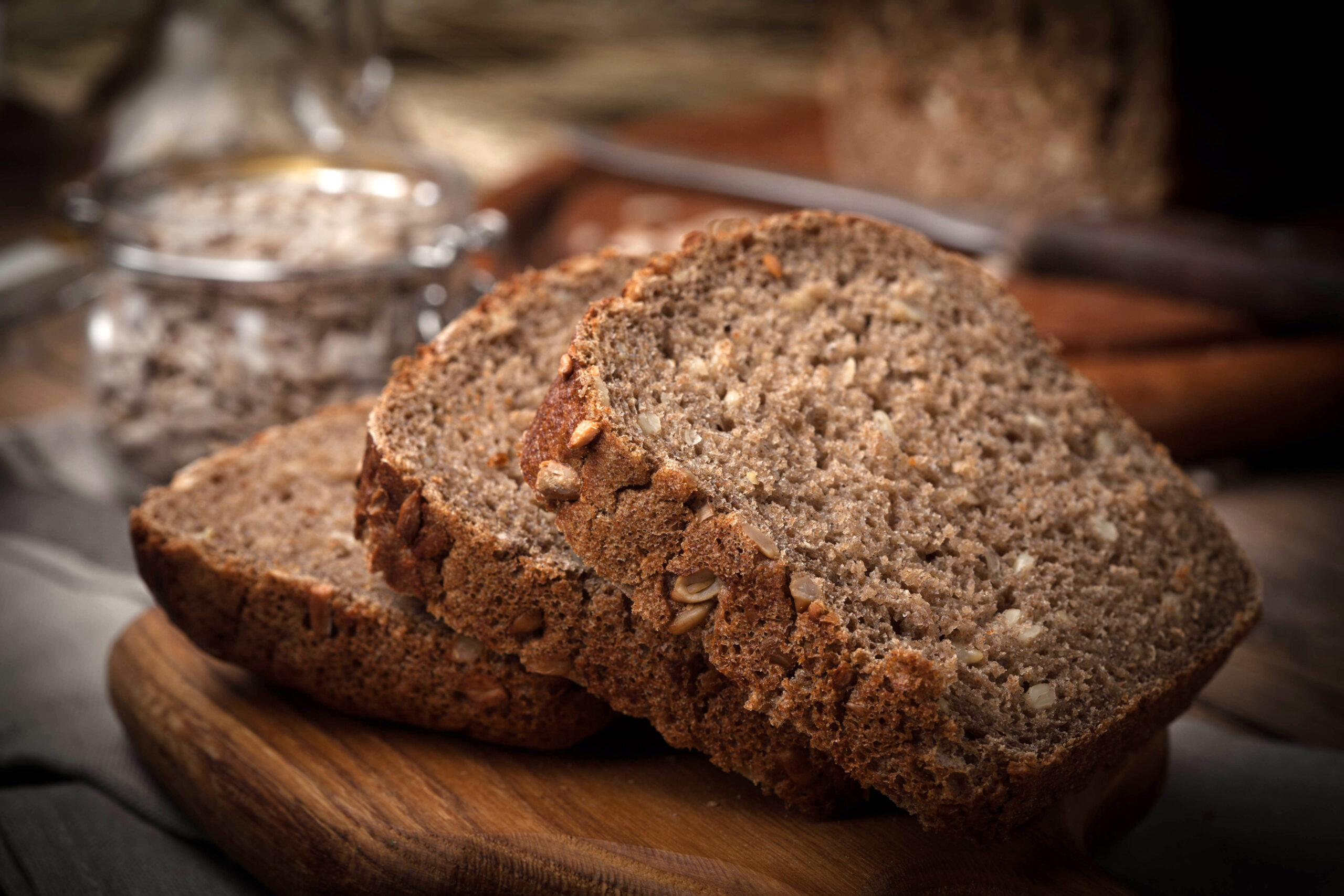
Just picturing eating a piece of this fresh brown bread out of the oven feels like you’re stepping into your grandmother’s kitchen.
Many bakers use molasses and agave nectar for an extra special touch, in addition to raisins or cranberries. Old-fashioned oats are also used.
This bread is filling and tasty, and while it may not be super easy to make (most breads aren’t), we can definitely see why it rose in popularity.
Cornmeal Pancakes

Blogger Sharon Brown says she remembers how food changed during WWII. While she had previously had large access to cornmeal, choices became more slim.
She recalls going to a restaurant and asking, “Where is the cornbread? And the waitress said, “Well, honey, we only got rolls, and light bread, we don’t serve cornbread.”
Luckily for Sharon, her grandmother was resourceful and taught her how to make her own cornbread, so she could bring it around with her.
Molasses Cookies

Cooking oils and other fats, too, were rationed, according to Times Colonist, since they were used to make glycerin, found in bombs.
So people had to get creative, and cookbooks often advised replacing sugar with liquid sweeteners such as maple syrup or honey.
One way people got creative in the kitchen was using molasses in cookies. People still make these today, although they’re not as widespread.
Delicious Combination
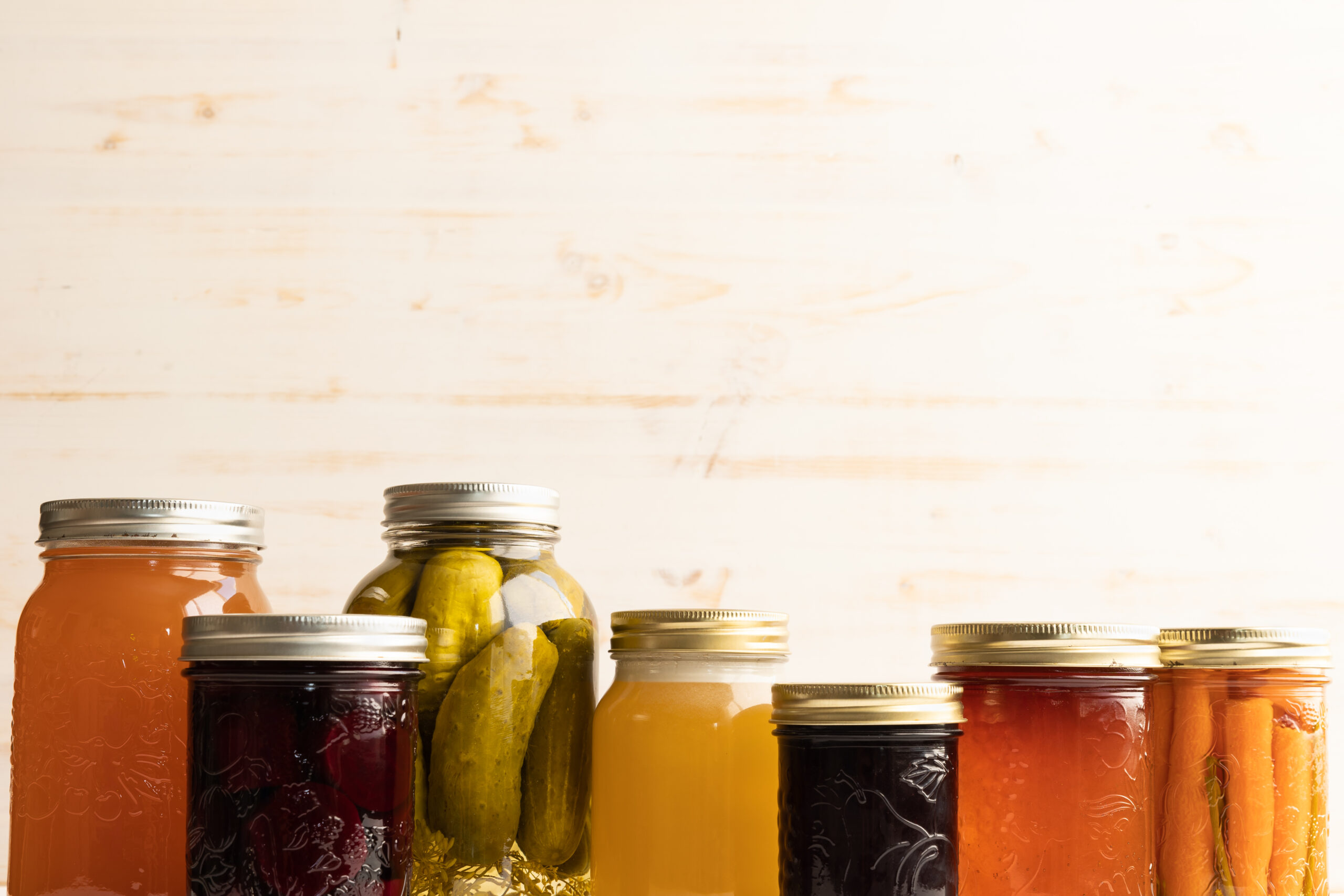
The name is more than deceiving. In the time period when ketchup became the most used prime flavoring ingredient, this dish became a thing.
Times Colonist shared cookbook authors advising people “slop together apples, canned peas, carrots, celery, pineapple and diced bananas along with some mayonnaise and whipping cream…”
Then, they were told to “[serve] it on a platter slathered with more mayonnaise and garnished it with a ring of maraschino cherries.” Excuse us, while we gag.
Panned Curried Cabbage
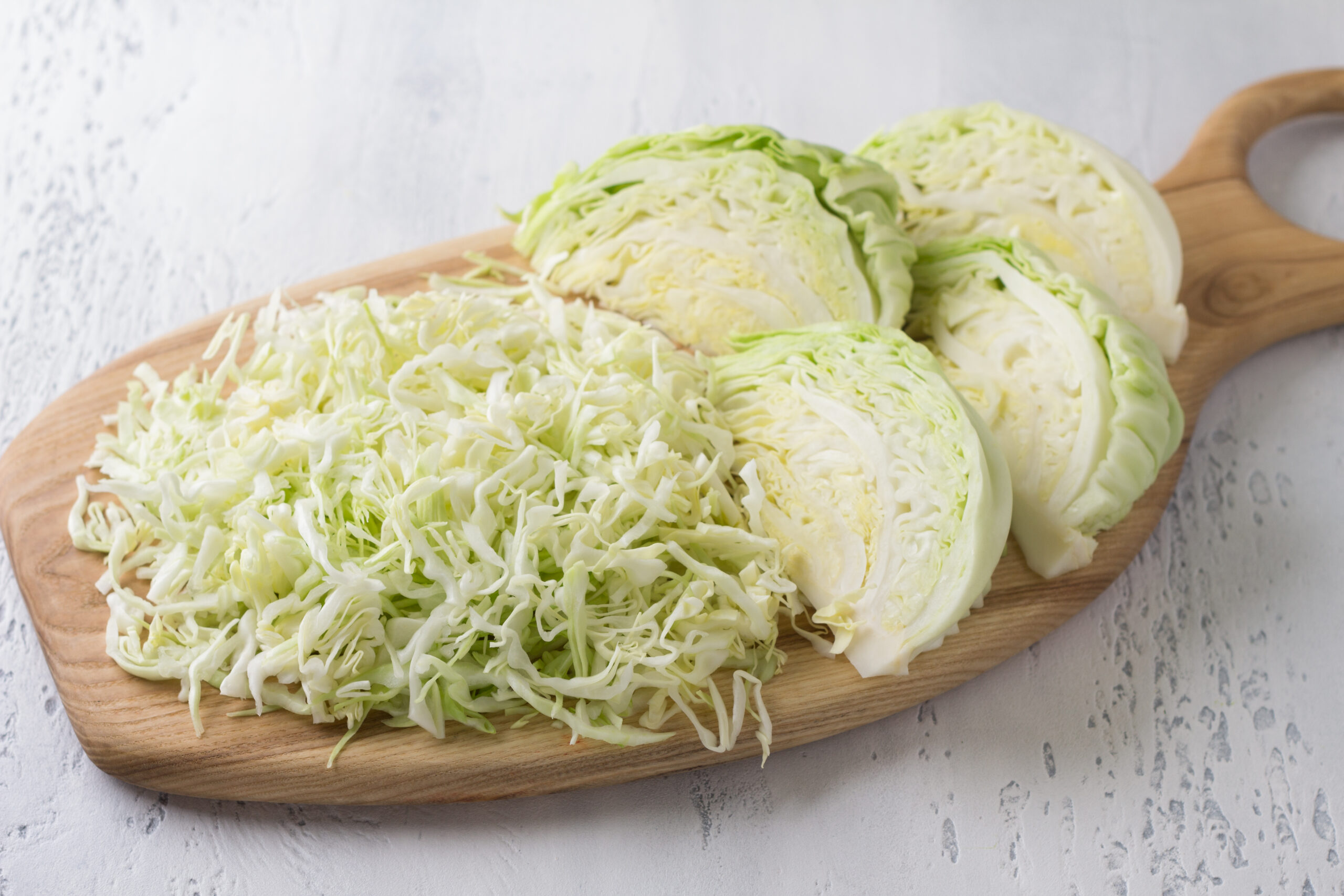
They were trying curry powder on everything in the 40s, and cabbage became a common and particularly good pairing for it.
To make this all you had to have was a large skillet, shredded green cabbage, curry powder, and if you were lucky some diced tomatoes.
Honestly, this really doesn’t sound too bad. The curry powder probably does all the heavy lifting, though. What did you think of this blast from the past?
What’s Your Favorite 1940s Delicacy?

Have you tried any of these interesting or familiar foods from the Flying Forties? Which one would you choose if you had to travel back in time?
Personally, we’re most intrigued by that delicious gold nugget cake. But at the same time, our curiosity is certainly piqued by the deviled lobster.
One thing is for sure, and that’s that people in the ’40s were creative with their food. Guess you had to be when you were living on rations.
